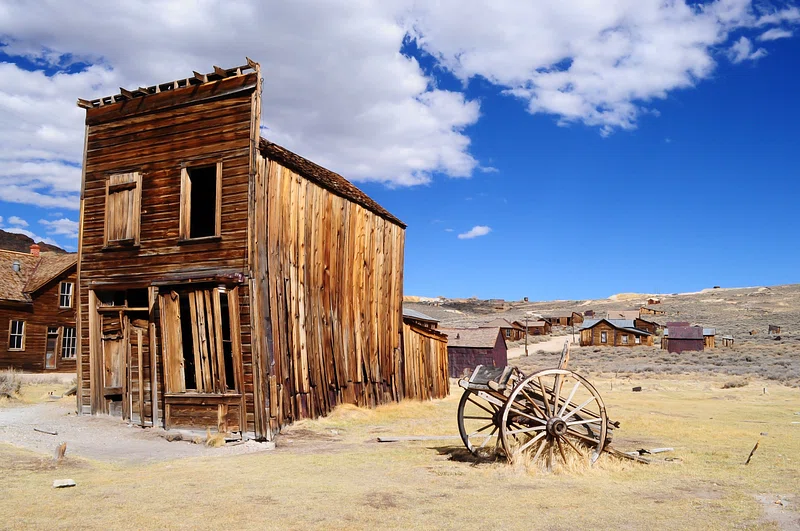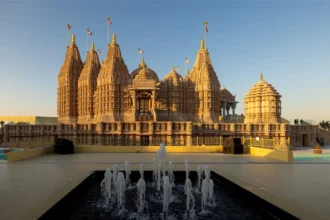There’s something magnetic about ruins. They whisper of lives lived, dreams built, and then suddenly abandoned. Walking through these Abandoned places feels like slipping between the pages of history, with walls as storytellers and silence as the narrator.
But here’s the twist: some of the world’s most abandoned places have been reborn, not polished into perfection but celebrated for their haunting beauty.
These are the places that haunt the imagination and in 2025, many of them are welcoming travelers with open, quiet arms.
These aren’t ruins you stumble across, they’re now destinations, places travelers seek out to feel that strange mix of melancholy and awe.
Let’s step into the world’s most fascinating abandoned wonders that the world refused to forget.
1. Pripyat, Ukraine – A City Frozen in Time
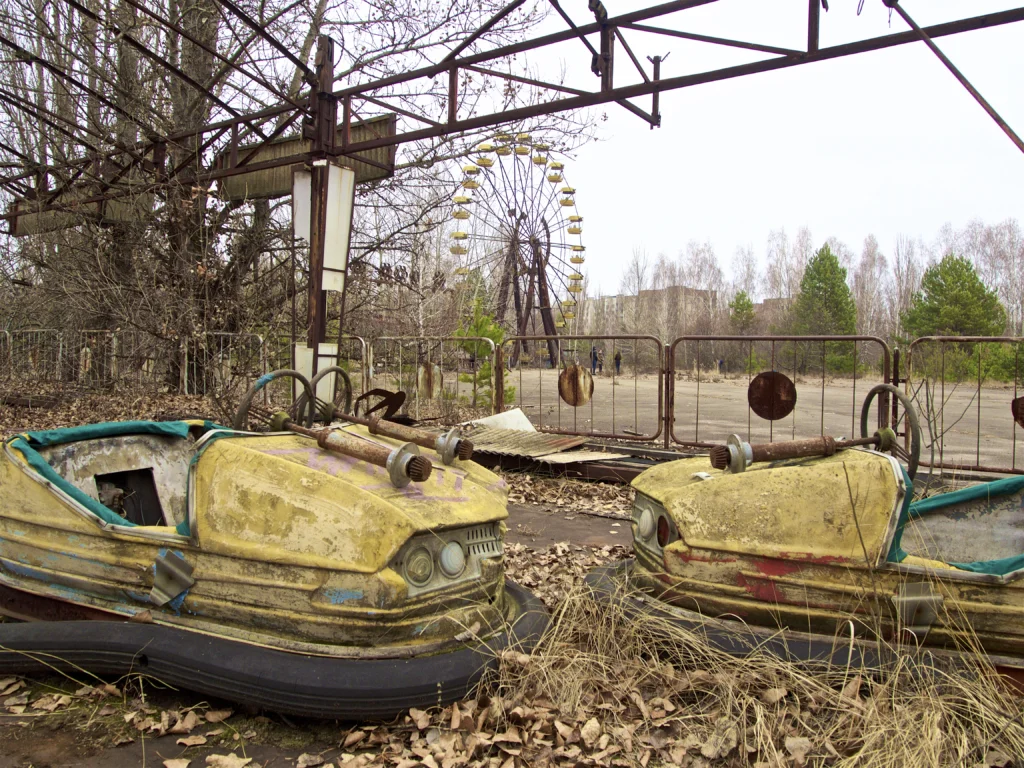
If you’ve ever seen images of an abandoned Ferris wheel standing stiff against a grey sky, you’ve probably seen Pripyat.
Once home to workers of the Chernobyl Nuclear Power Plant, Pripyat was evacuated in 1986 after the disaster. Since then, it’s remained eerily frozen, nature reclaiming streets where children once played.
Walking here feels like walking into a time capsule- the classrooms still filled with dusty books, gas masks scattered on the floor, toys left behind as if children would come back tomorrow.
Today, guided tours allow visitors to explore parts of this ghost city safely. One of the most surreal sights is the Pripyat amusement park, which was meant to open just days after the disaster but never saw its first laugh.
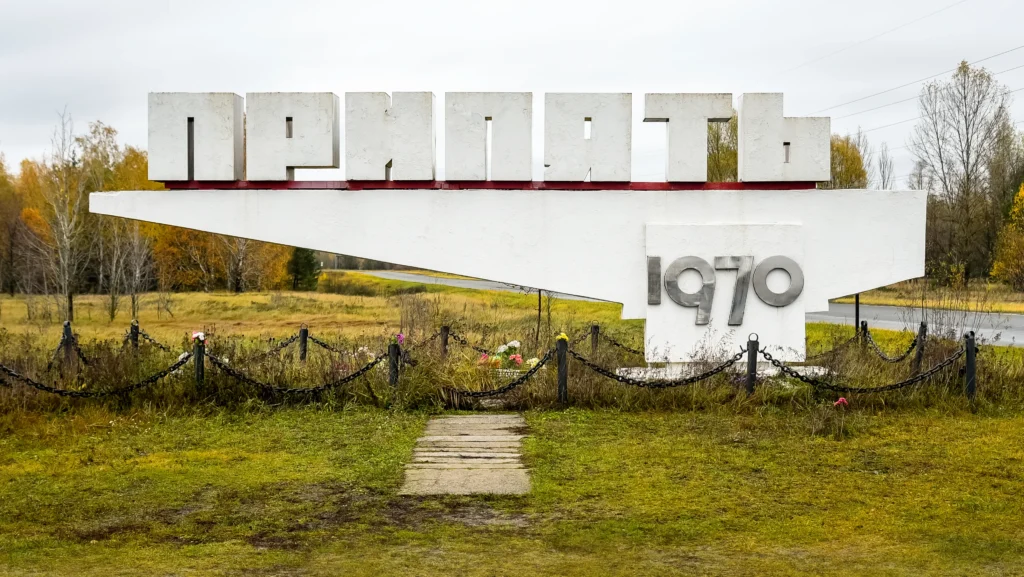
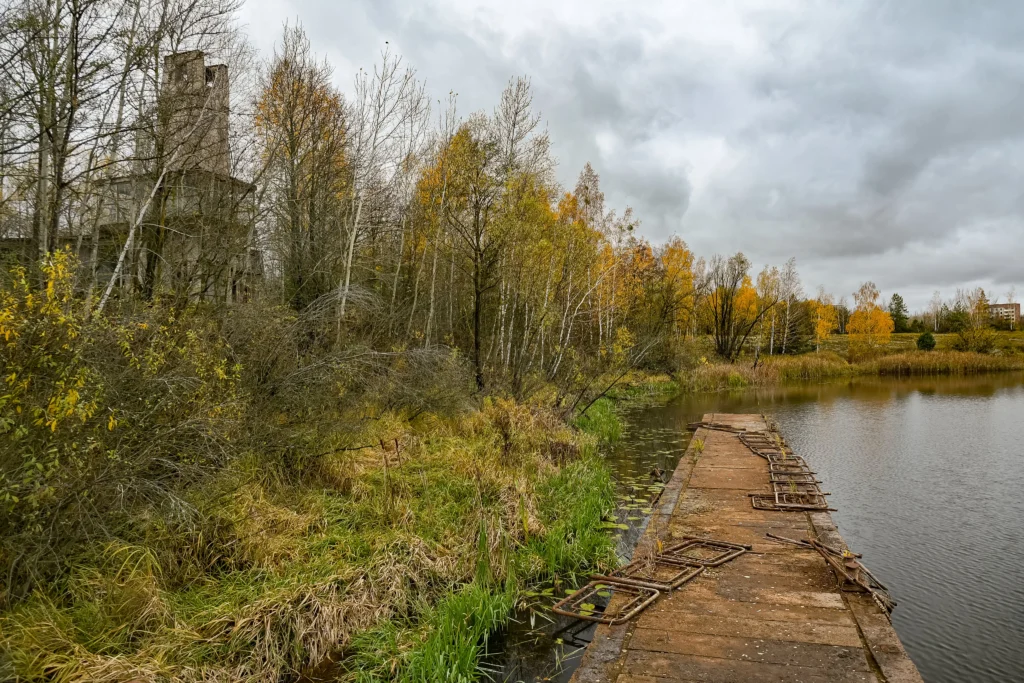
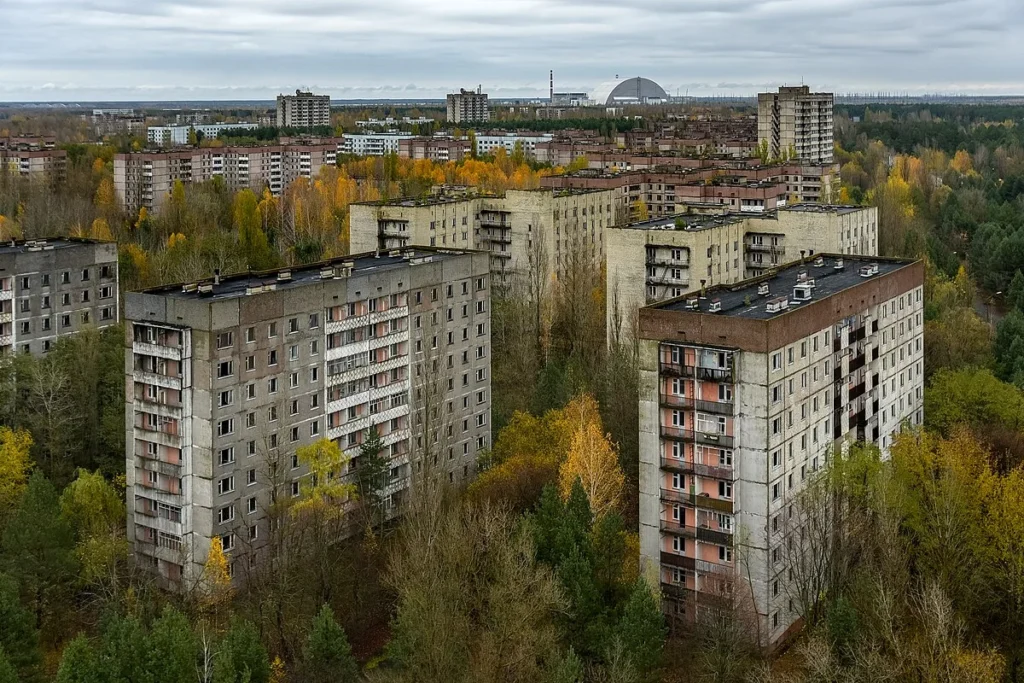
Unique experience: Stand inside a decaying school gym, basketball hoops still dangling, the silence heavy with memory.
2. Hashima Island, Japan – The “Battleship Island”
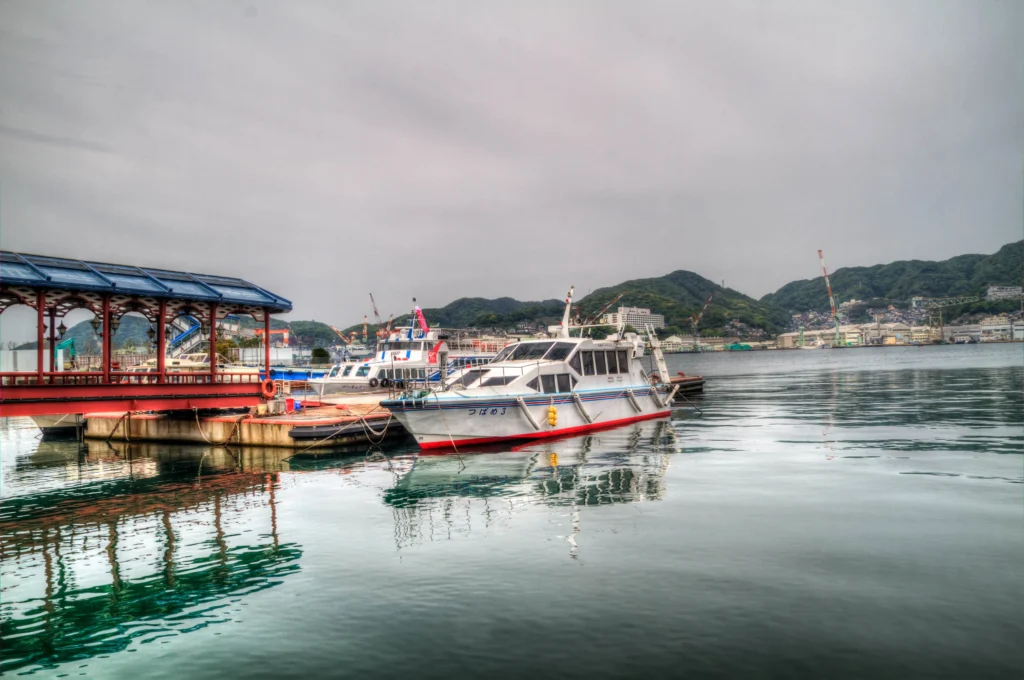
Just off Nagasaki’s coast lies Hashima, better known as Gunkanjima or “Battleship Island.” Once a thriving coal-mining hub, it was abandoned in the 1970s when the mines closed. What remains today is an island fortress of crumbling concrete, looking like a ship stranded in the sea.
For decades, Hashima was left untouched, a ghostly silhouette on the horizon. Recently, parts of the island have been opened to visitors. Walking here feels like entering a dystopian movie set; so much so that it featured in the James Bond film Skyfall.
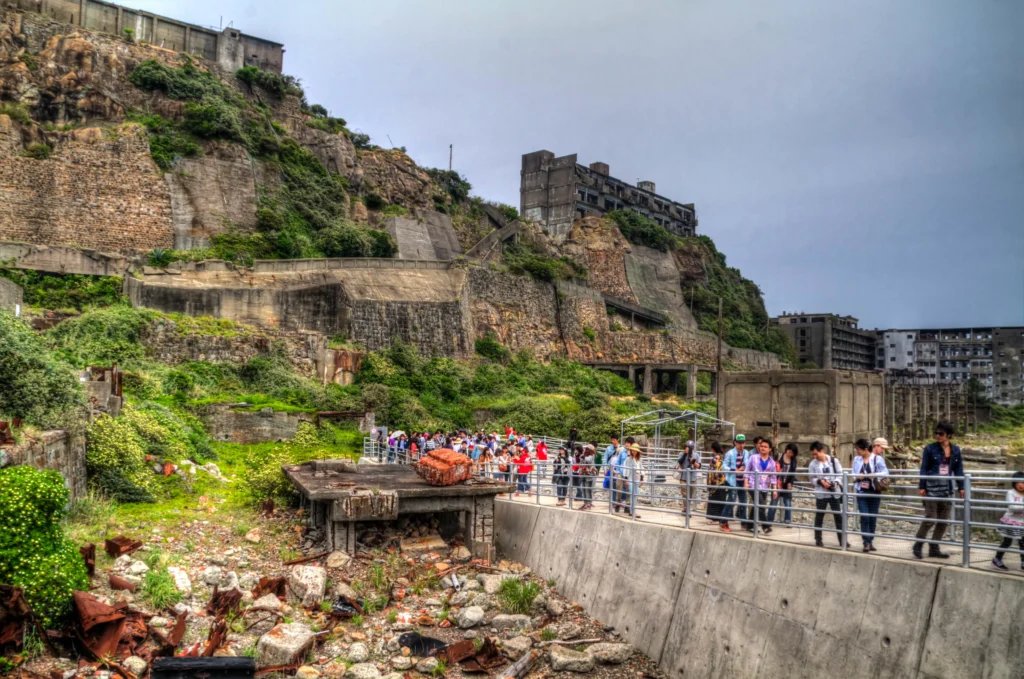
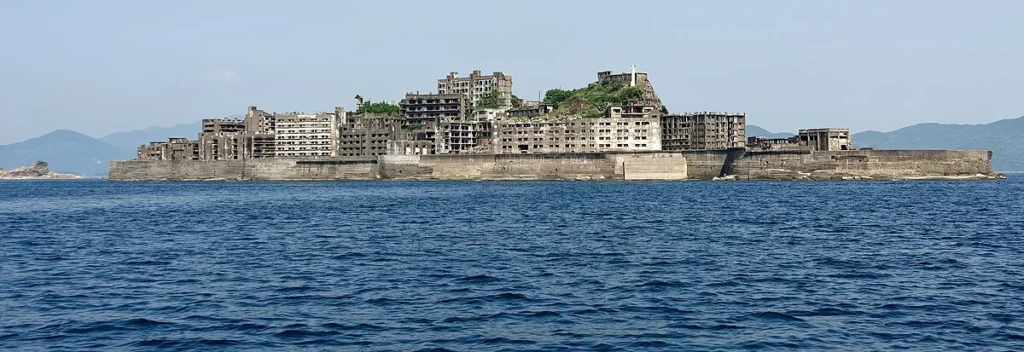

Hidden gem moment: Standing on the seawall, you’ll hear nothing but crashing waves and distant gulls, while towers of empty apartments loom silently behind you.
3. Hachijo Royal, Japan- The Buddha Park Resort Frozen in Time
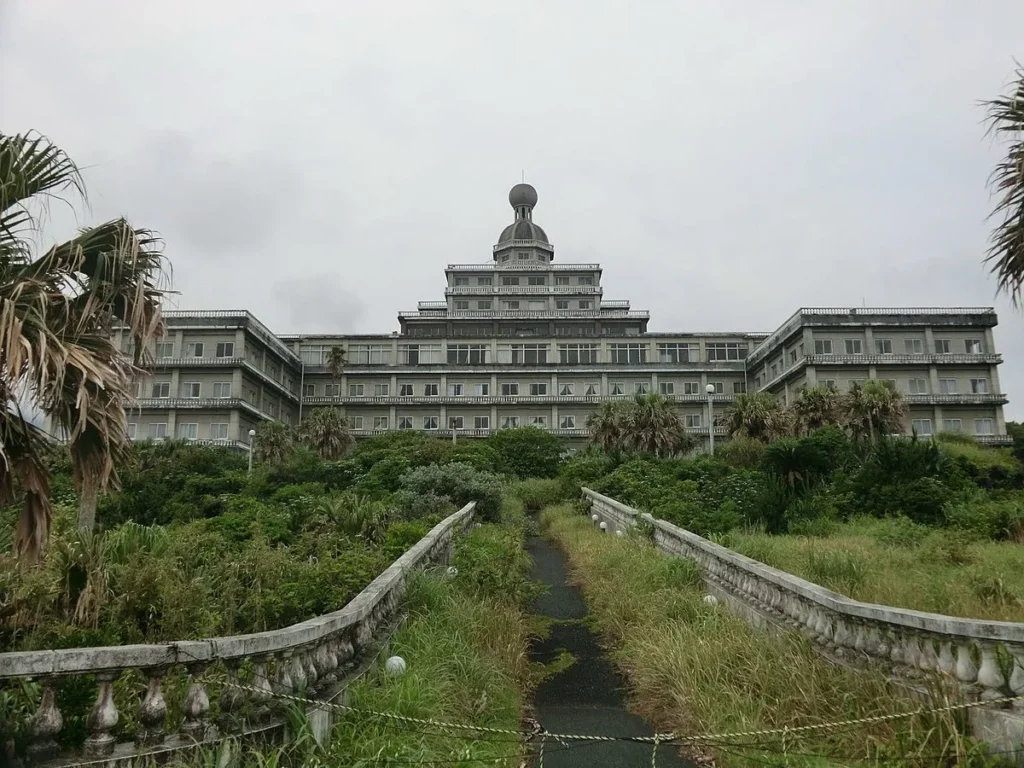
In Ishikawa Prefecture lies a dream turned ruin: Kaga no Sato, once a lavish Buddhist-themed resort with 1,000 rooms, temple halls, and a golden Buddha. When it closed around 2005, the five-star resort was left to rot. Now, all that remains is haunting.
You’ll find statues frozen mid-pose, rusted cars half-buried, and halls where golden idols still gleam. It’s eerie and oddly peaceful, as if that giant Buddha still guards the memories drifting through its halls. Truly a time capsule unlike any other.
4. Kolmanskop, Namibia – A Desert-Swallowed Diamond Town
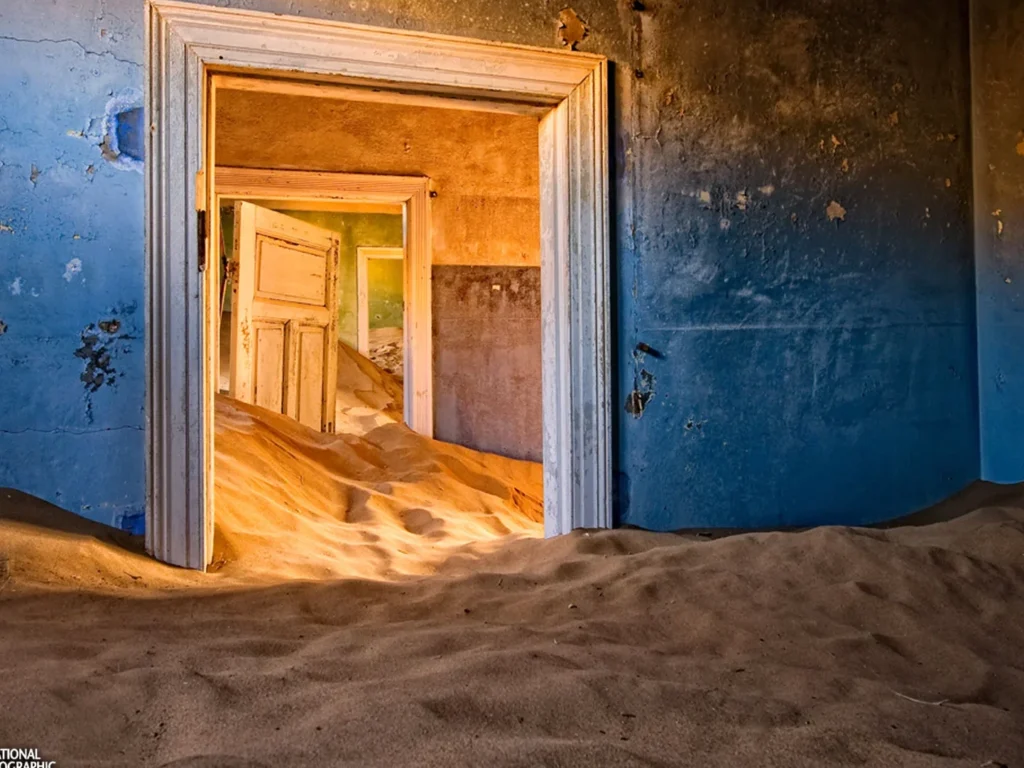
In the early 1900s, Kolmanskop was one of the richest towns in Africa, built by German diamond miners. It had luxury unheard of for the desert, ballrooms, ice factories, even a hospital with the first X-ray machine in the Southern Hemisphere.
But when the diamonds ran out, so did the people. The desert moved in, filling rooms with sand dunes that now climb through doorways like golden waterfalls.
Today, Kolmanskop is an open-air museum, a surreal desert attraction where houses are half-swallowed yet strangely beautiful.
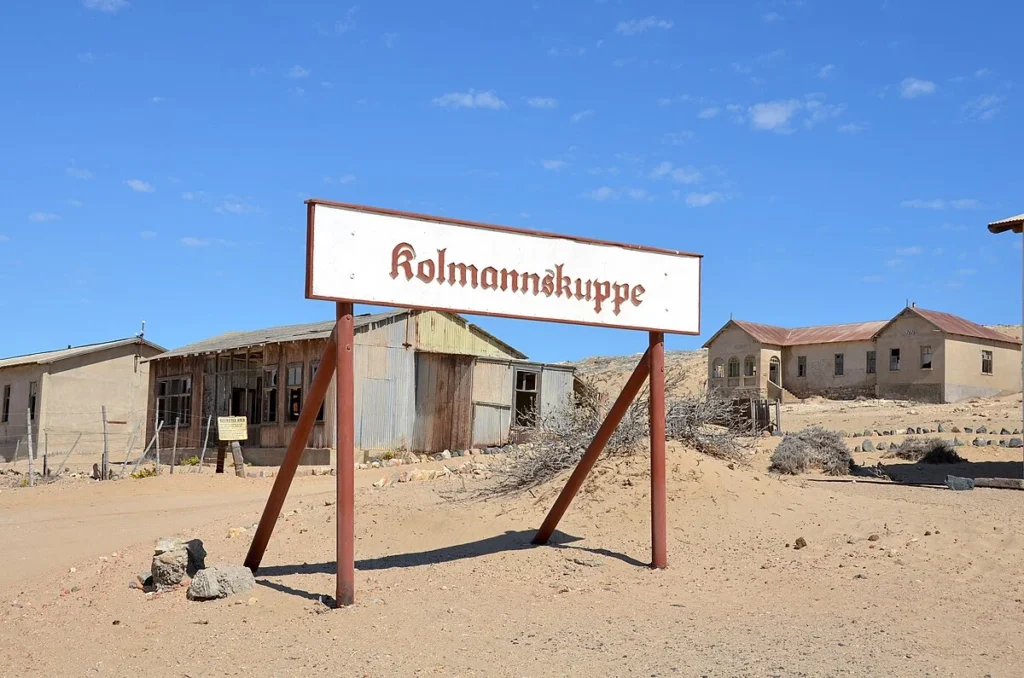
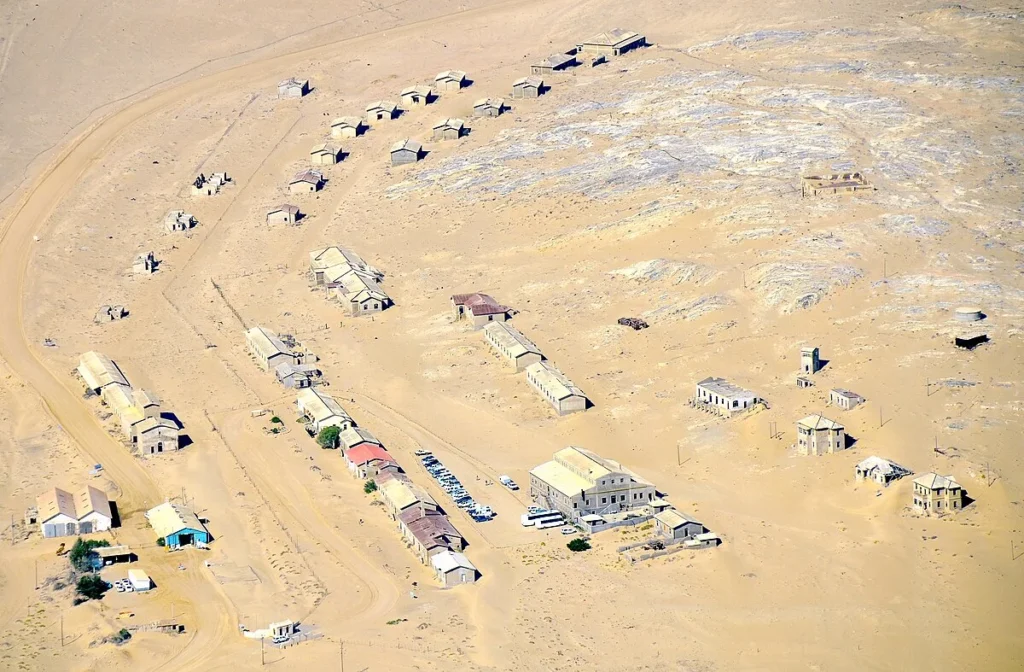
Photo tip: Go early morning when the light slants through broken windows, painting sand with shadows. It feels like walking inside a dream.
5. Craco, Italy – The Hilltop Ghost Town
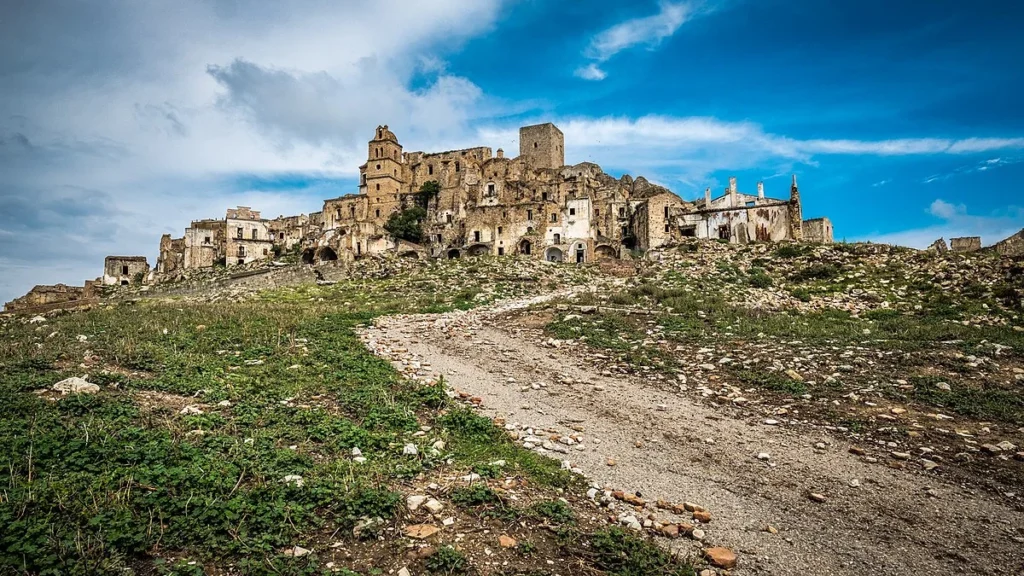
Perched dramatically on a hill in southern Italy, Craco looks like a medieval painting come to life. Abandoned in the 1960s due to landslides, it has since become one of Italy’s eeriest towns.
What makes Craco so captivating is how intact it still looks; stone houses stacked on cliffs, a silent church tower watching over empty streets. Hollywood couldn’t resist; films like The Passion of the Christ were shot here.
Today, Craco is open to guided tours, offering a raw slice of Italian history few tourists ever see.
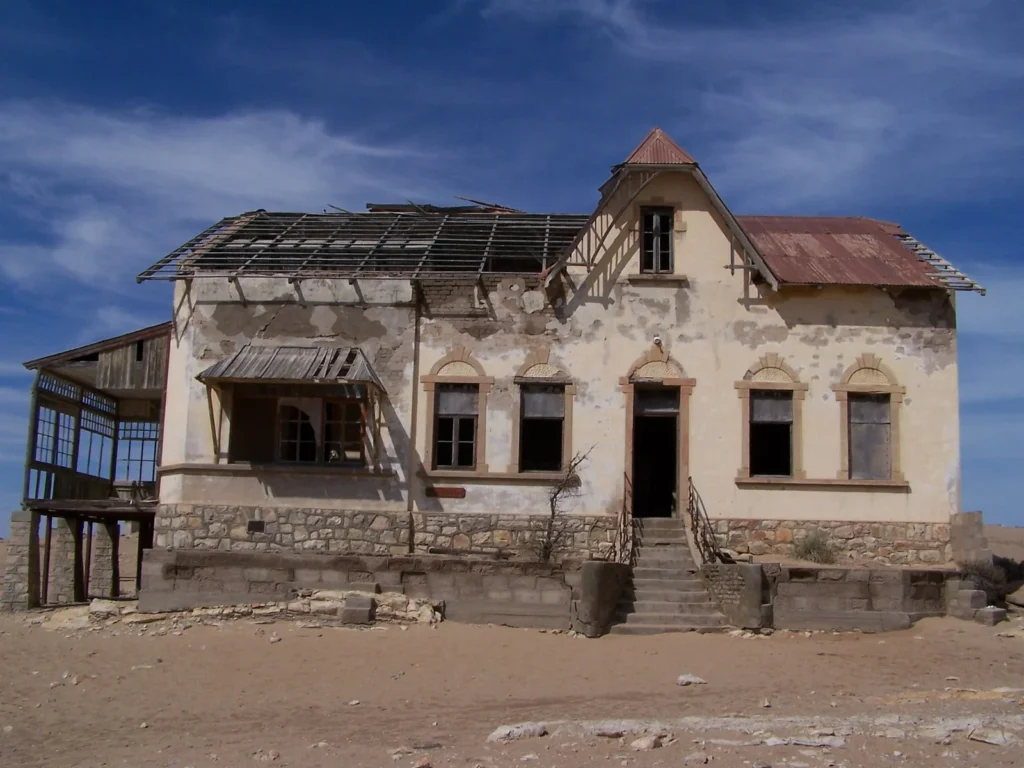
Hidden moment: Climb to the old Norman tower at sunset, the whole valley below looks bathed in a melancholy glow.
6. Centralia, USA – The Town That Burns Beneath
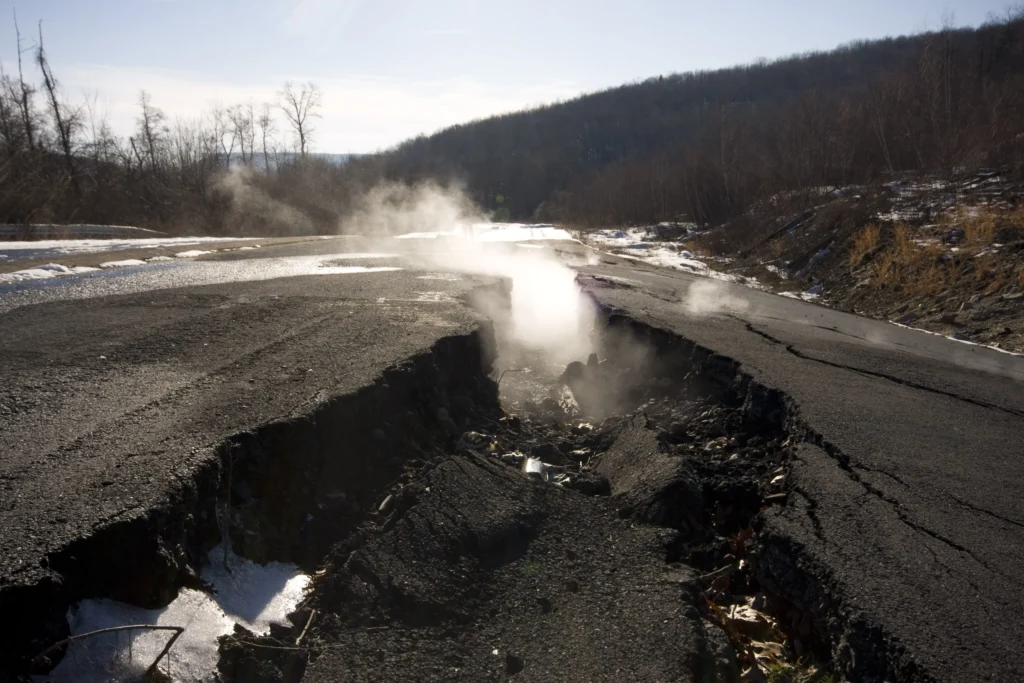
In Pennsylvania lies Centralia, a town mostly erased from the map. In 1962, a coal mine fire started underground and it’s still burning today. The town was evacuated, but a handful of residents refused to leave.
What remains is surreal: smoke seeping from cracked roads, eerie silence, and a town where almost nothing stands. Yet, Centralia draws curious travelers, especially those fascinated by strange landscapes.
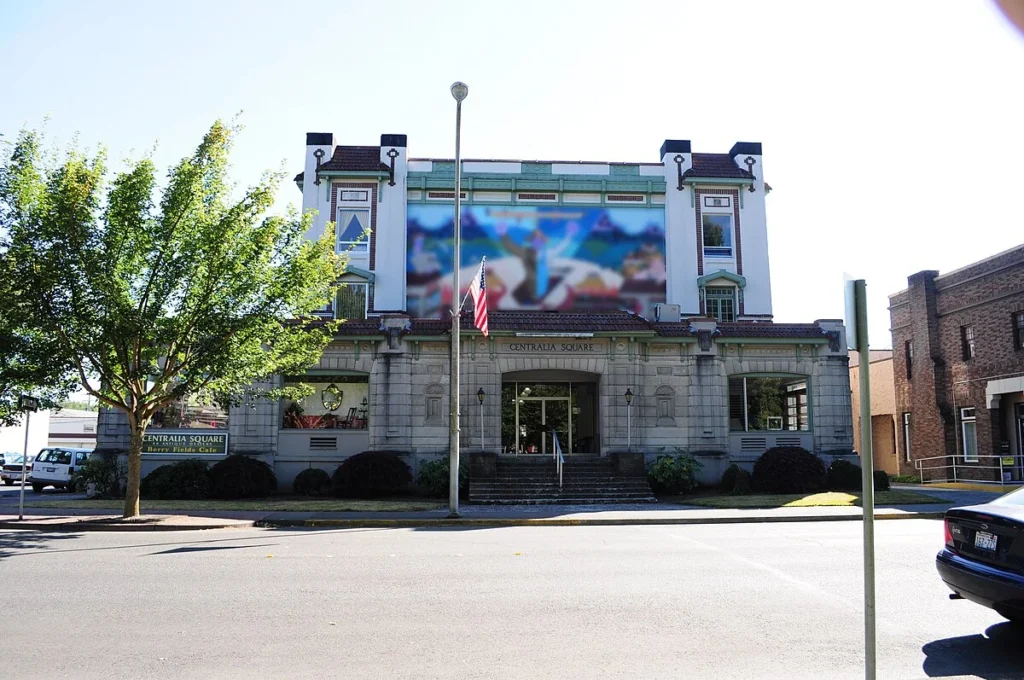
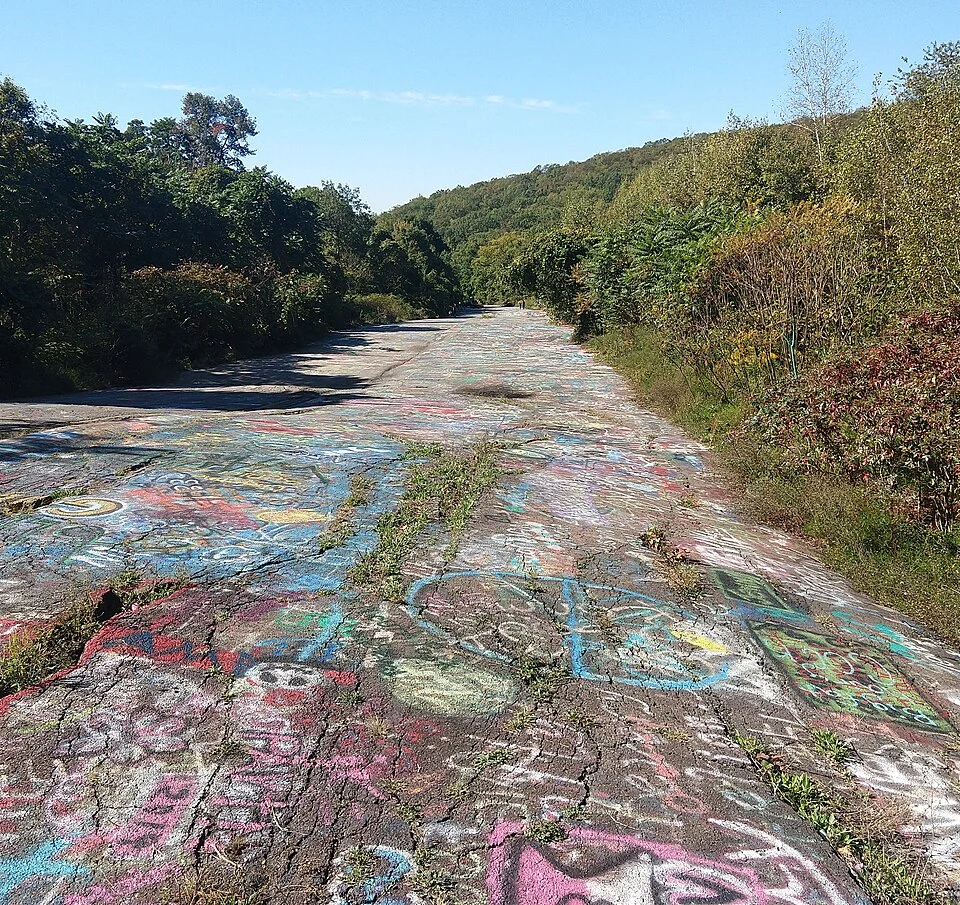
Unique fact: Centralia inspired the horror video game Silent Hill. Walking through its smoky remnants feels like stepping into fiction.
7. Varosha, Cyprus – A Holiday Resort in Ruins
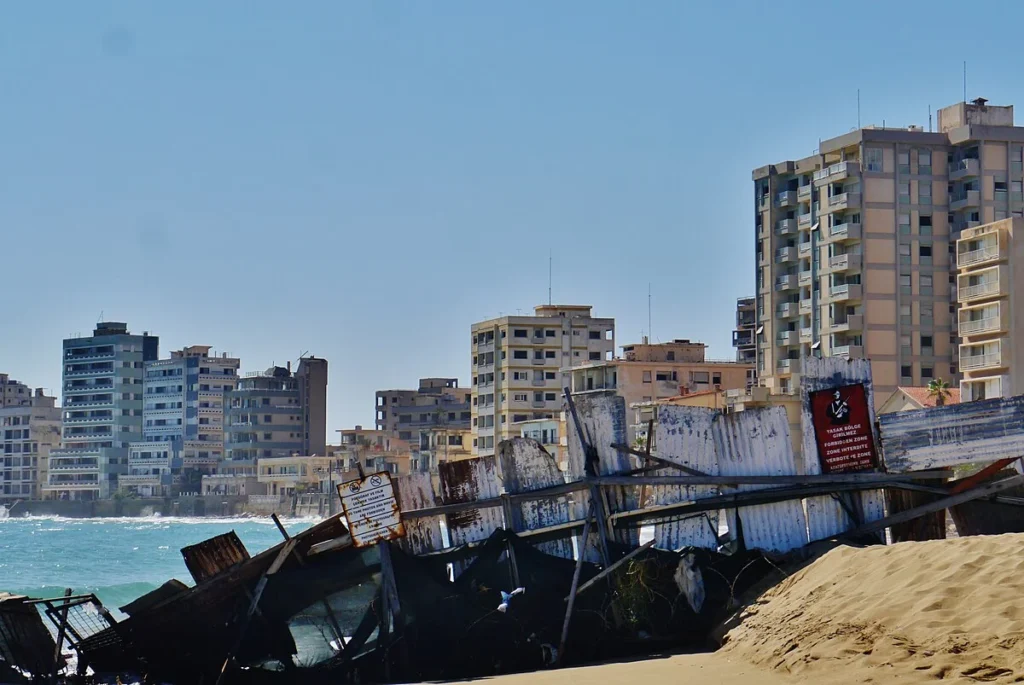
Once a glamorous beachside resort in Famagusta, Varosha attracted celebrities like Elizabeth Taylor and Brigitte Bardot. In 1974, when the Turkish invasion began, the city was suddenly abandoned. Hotels were left fully furnished, shops stocked, cars parked.
For decades, Varosha was sealed off behind fences, a ghostly time capsule. But in recent years, parts of it have reopened for visitors. Walking through feels like a Mediterranean paradise stopped mid-laugh.
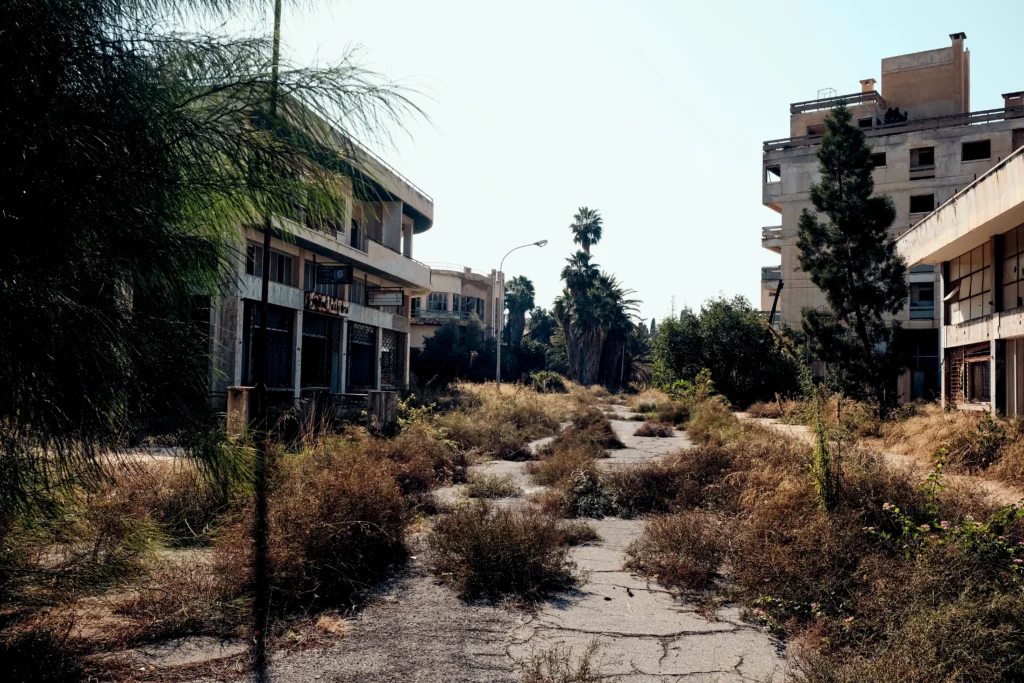

Surreal moment: Golden beaches lined with empty hotels, waves lapping at balconies that haven’t seen guests in 50 years.
8. Bhangarh Fort, India – Haunted Yet Beautiful
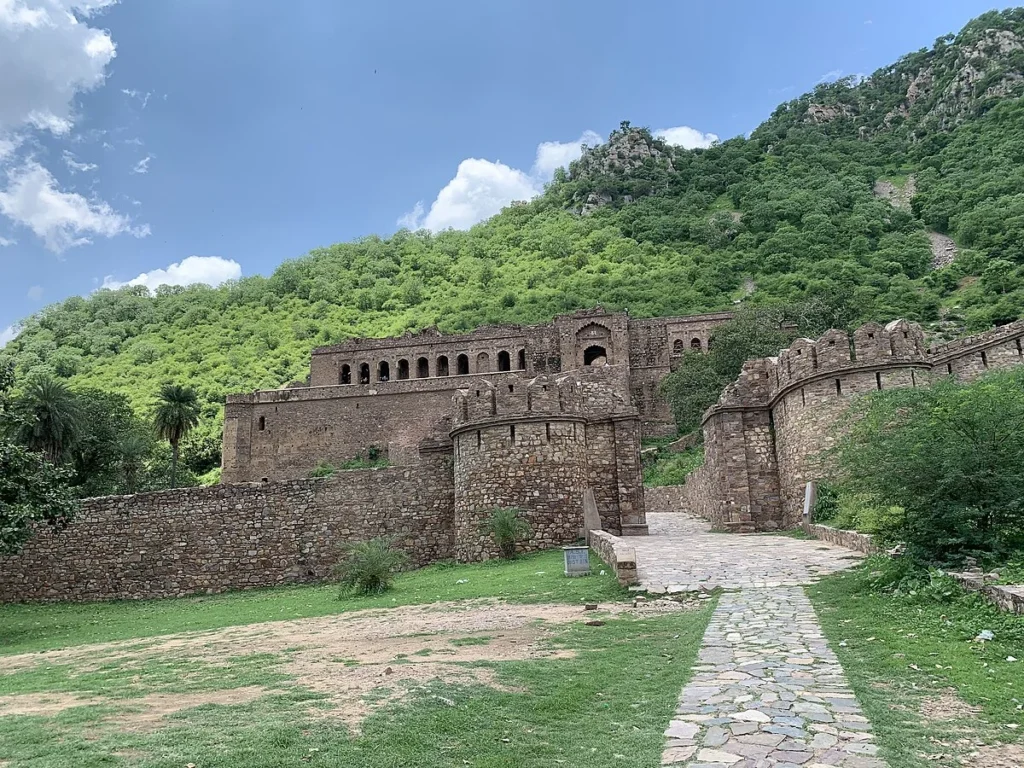
Not all abandoned places are silent; some echo with legend. Bhangarh Fort in Rajasthan is famous as India’s most haunted place.
Built in the 16th century, the town around it was mysteriously abandoned, leading to ghost stories that draw travelers today.
By day, it’s stunning ruins scattered against the Aravalli hills, monkeys roaming free, temples glowing in sunlight. By night, entry is forbidden. Locals swear it’s cursed, though no one knows why.
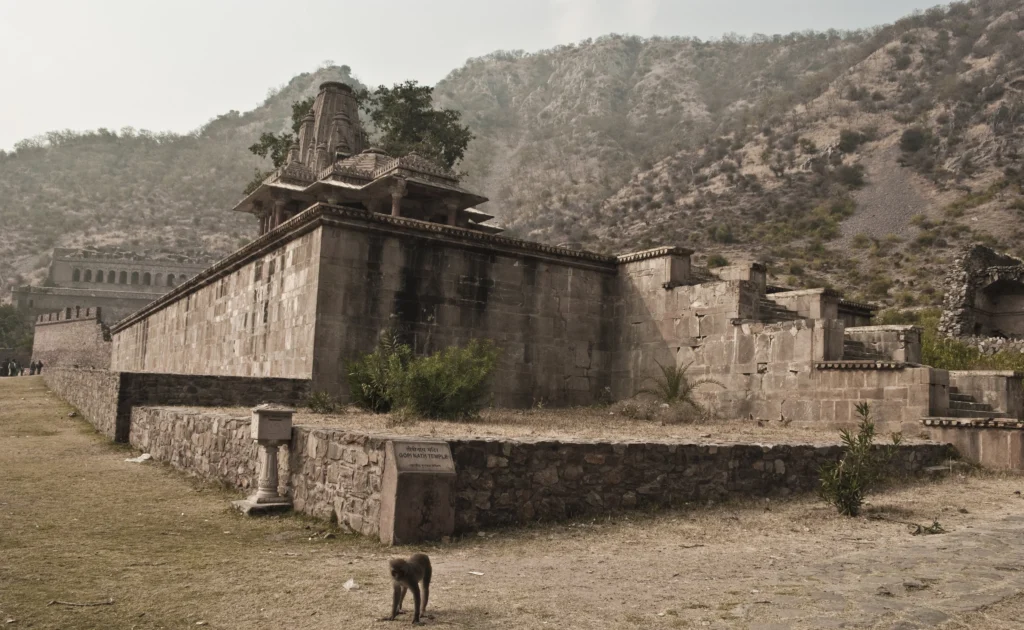
Unique experience: Sitting among the fort’s ruins at sunset, listening to the eerie silence, is unlike anything else in India.
9. Oradour-sur-Glane, France – A Village Left as It Fell
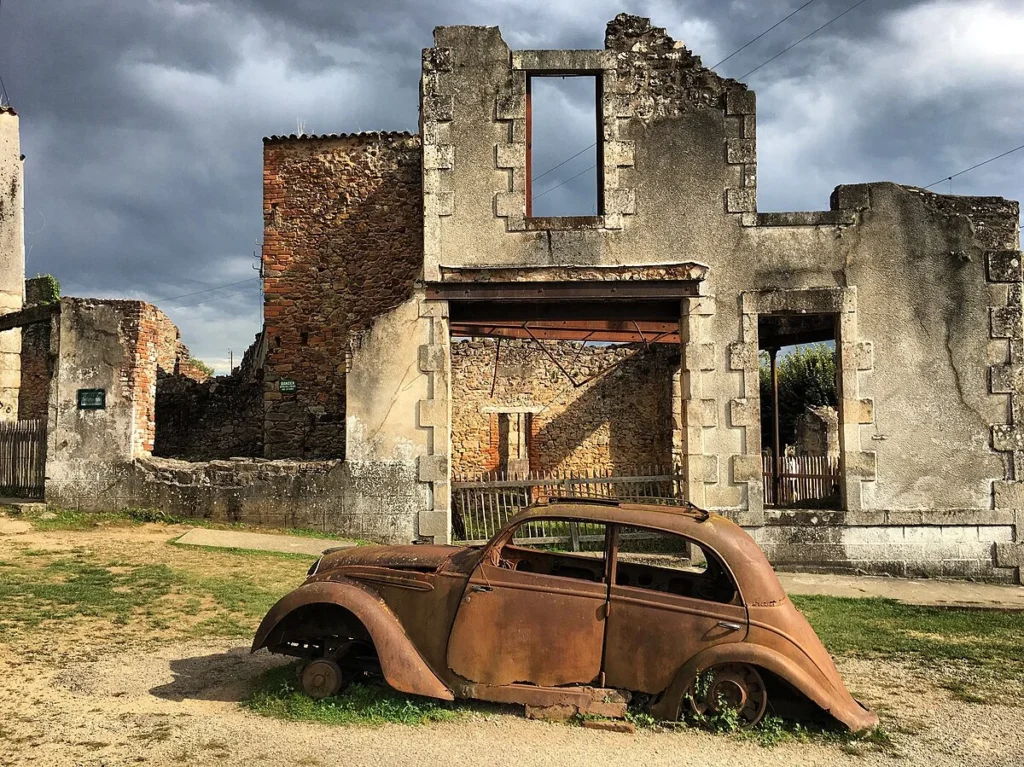
On June 10, 1944, during World War II, Nazi troops massacred the residents of this French village. Instead of rebuilding, France left Oradour as it was a memorial in ruins.
Walking through its silent streets today is profoundly moving. Rusting cars sit on stone roads, sewing machines remain in burnt houses. It’s a museum not of artifacts, but of absence.

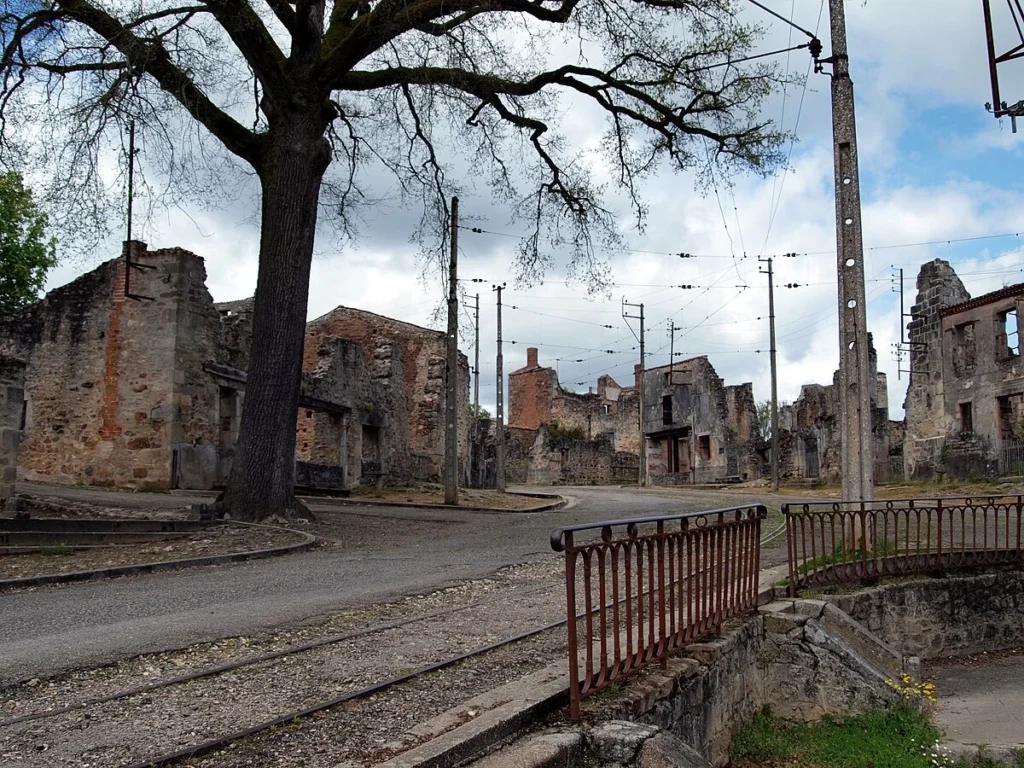
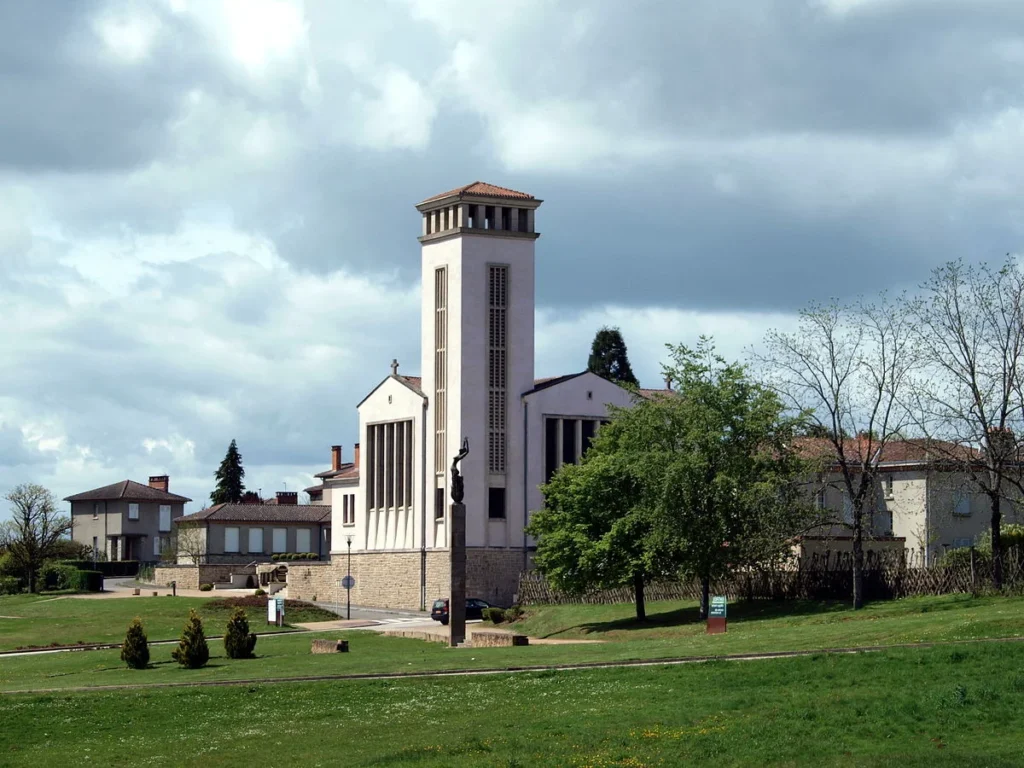
Why it matters: This is not just an abandoned place, it’s a preserved memory, a village turned monument against forgetting.
10. Detroit’s Michigan Central Station – From Ruin to Revival
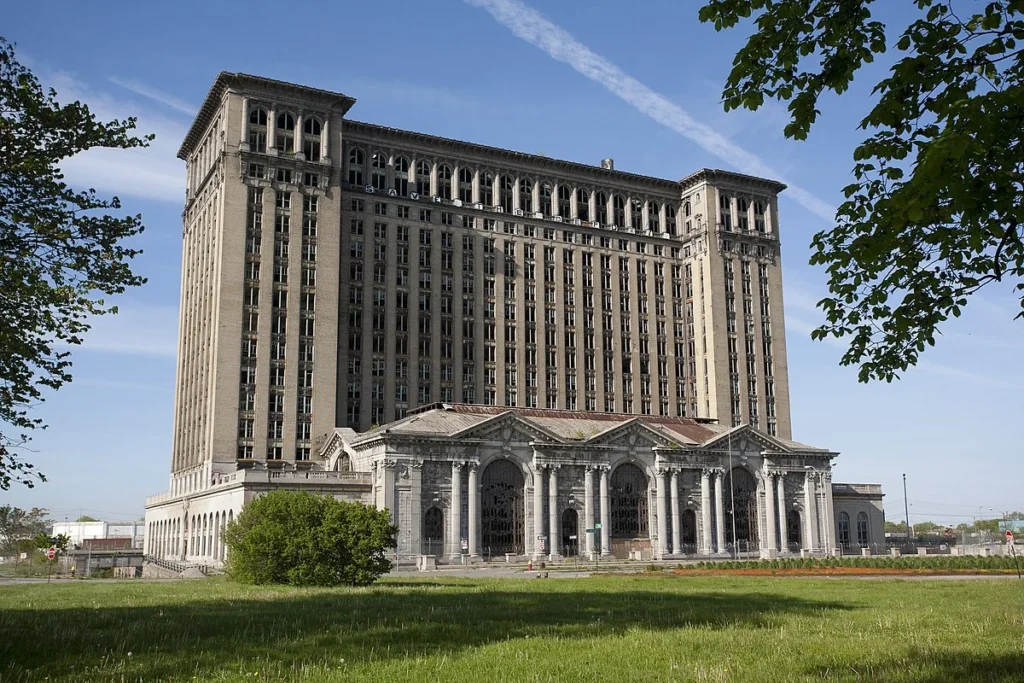
Detroit’s abandoned Michigan Central Station stood for decades as a symbol of urban decay. Its vast Beaux-Arts building was once the grand gateway to the city, but after closing in 1988, it fell into ruin; windows shattered, weeds growing through marble halls.
But here’s the twist: it’s now being revived. Ford Motor Company bought it and is restoring it into a hub for innovation and mobility. It’s a rare story of an abandoned landmark being given new life.
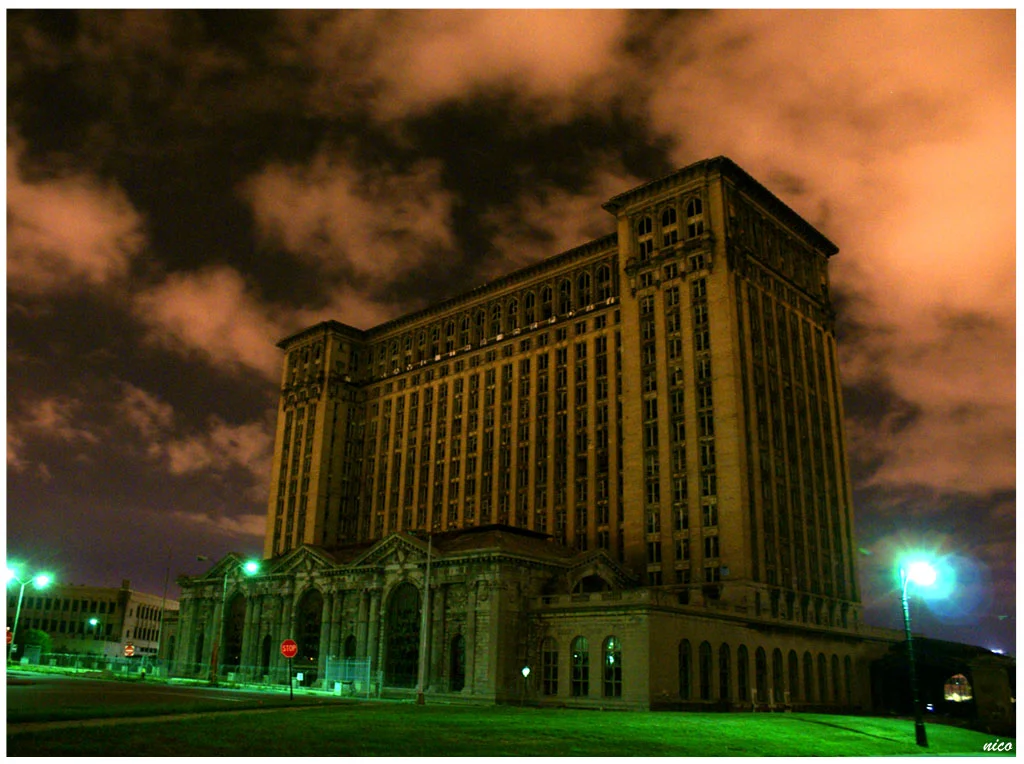
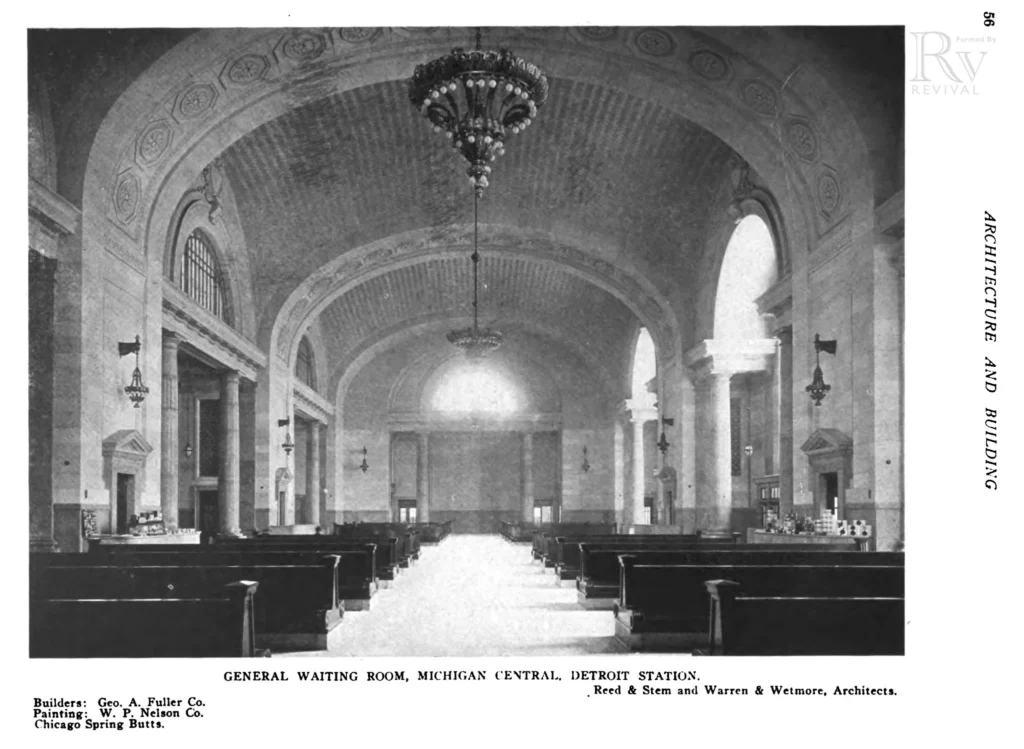
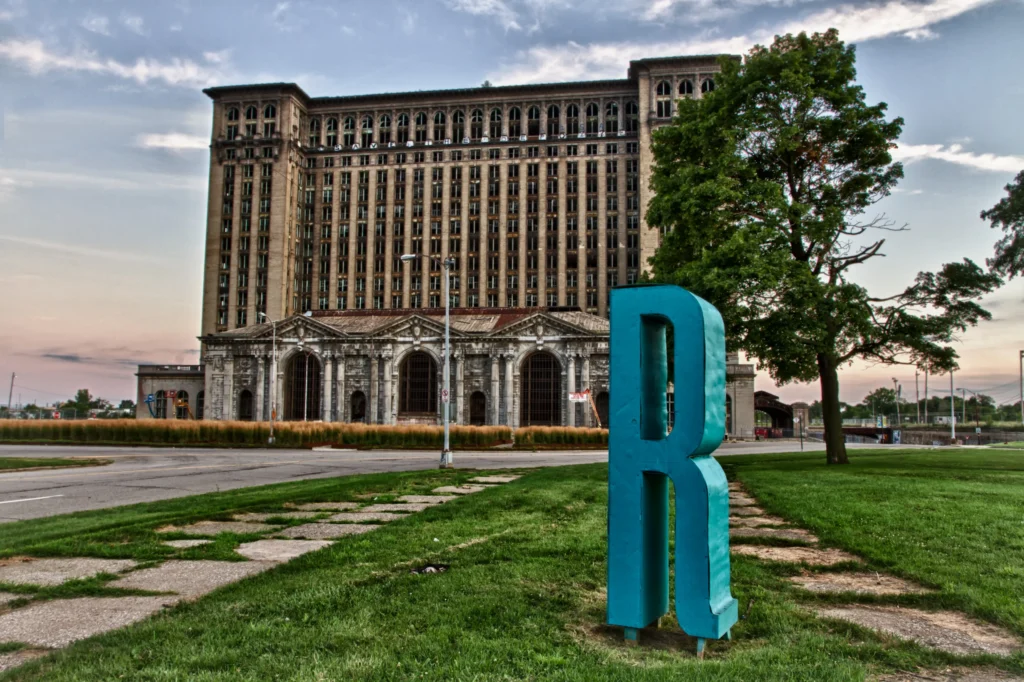
Hidden moment: Even in its abandoned years, urban explorers described shafts of light falling through the broken roof like divine spotlights.
11. Houtouwan, China- The Ghost Village Reclaimed by Nature
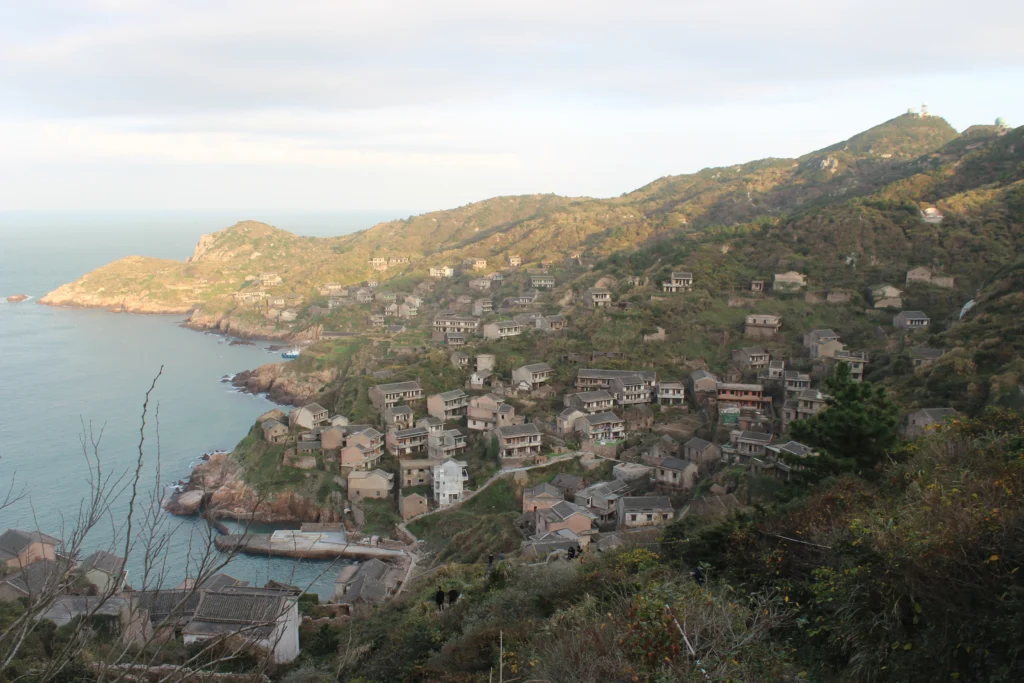
On a quiet island just east of Shanghai, Houtouwan was once home to over 2,000 people. By the early 2000s, the entire village had been abandoned as life and jobs shifted to the city. Nature didn’t wait. Vines crawled over walls, moss blanketed rooftops, and stairways became emerald tunnels.
What makes it unique isn’t the empty houses, but how they’ve been swallowed whole by ivy.
But this isn’t a story of ruin; it’s one of gentle regeneration. Around 2021, curious travelers began flocking to this “ghost village,” capturing its Tolkien-like beauty.
Today, it looks like a fairytale gone wild, green vines covering rooftops, walls, and staircases, turning the entire village into a living artwork.
Local families began operating tea stalls and guiding tours, sharing stories amid the green silence. Even now, tourism is carefully managed, keeping the balance between revival and respect.
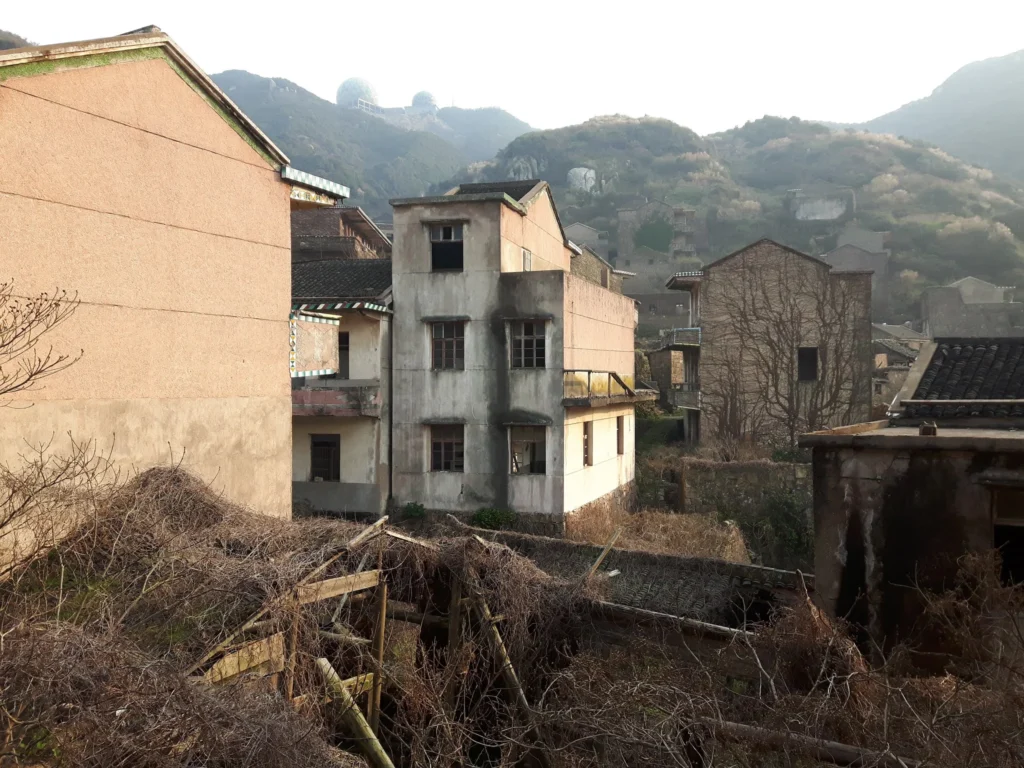
Why it’s special: Unlike most ruins, Houtouwan feels alive, as if nature herself moved in to stay.
12. Nyksund, Norway- A Fishing Village Reawakened
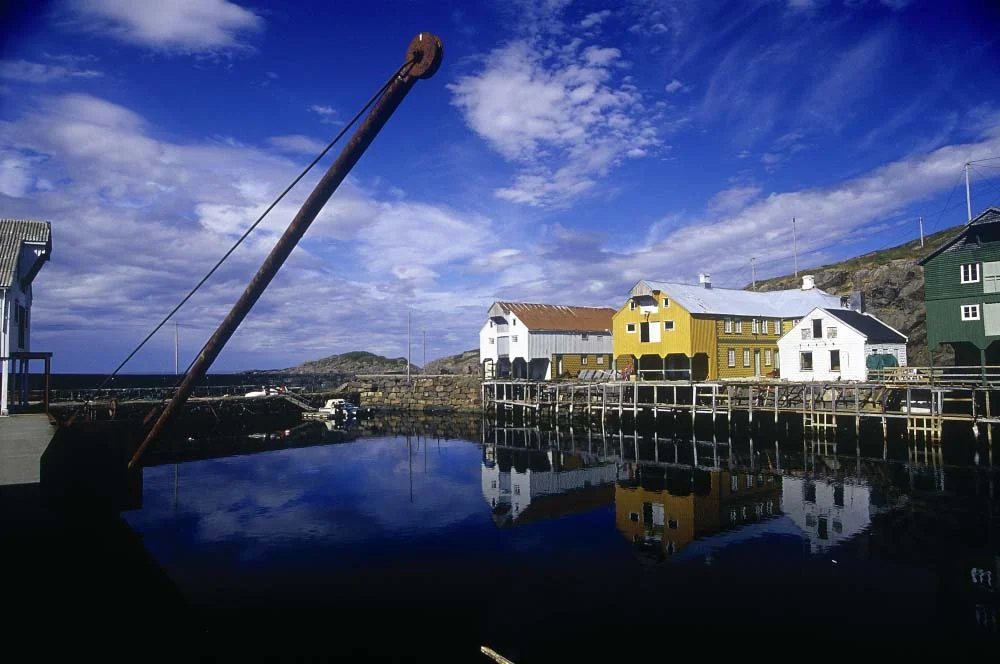
Half a world away, in the cold north of Norway, Nyksund waits under snowy peaks. Once abandoned in the mid-20th century, it’s now stirring back to life, not with souvenir stands, but with intentional, slowly blooming restoration.
Roughly twenty locals have returned, artists and storytellers among them, to revive the fishing village’s quiet heart.
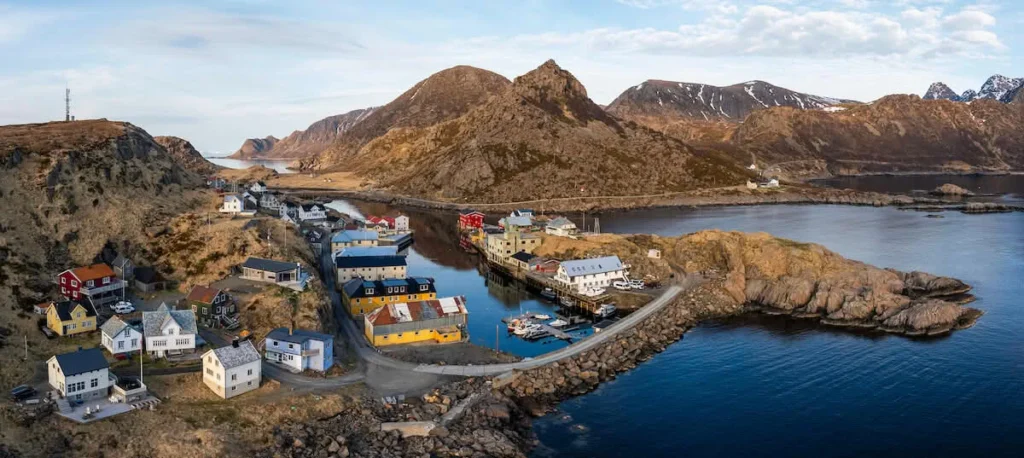
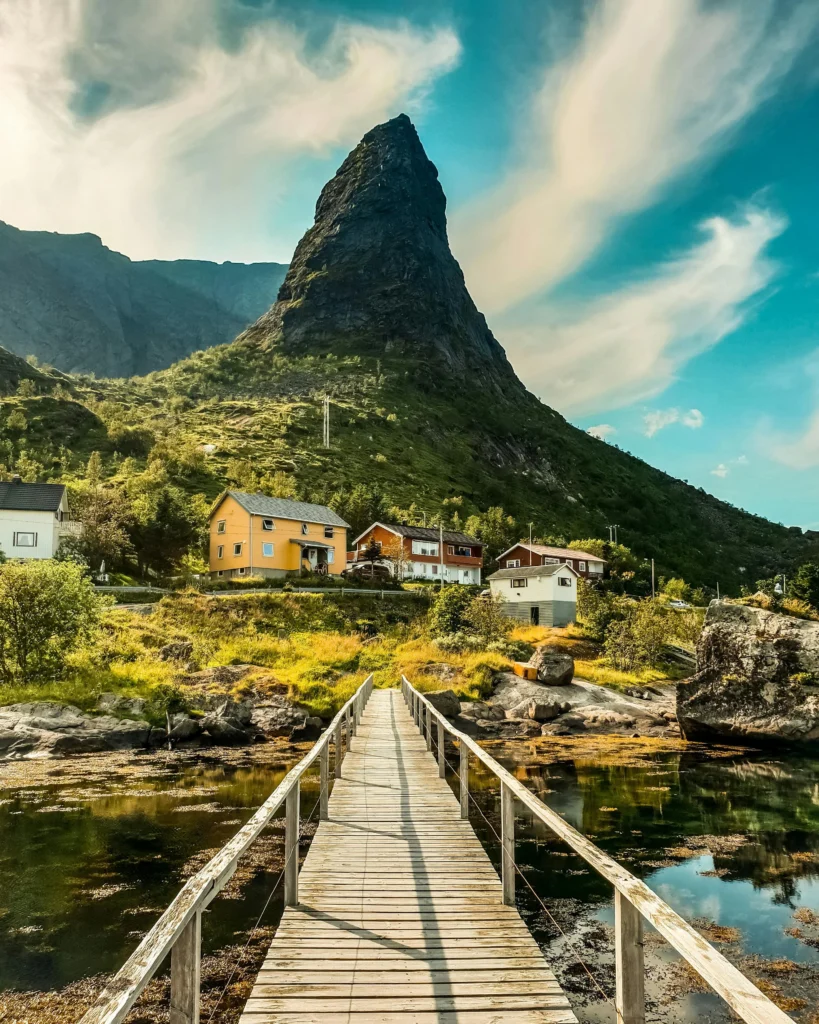
Here you kayak among orcas, hike the Queen’s Route, and visit the Langenes church, all of it threaded with history, nature, and cautious optimism. The residents, mindful of what over-tourism can do, steer visitors gently, preserving the village’s soul.
13. Pyramiden, Norway- A Soviet Town Beneath Arctic Skies
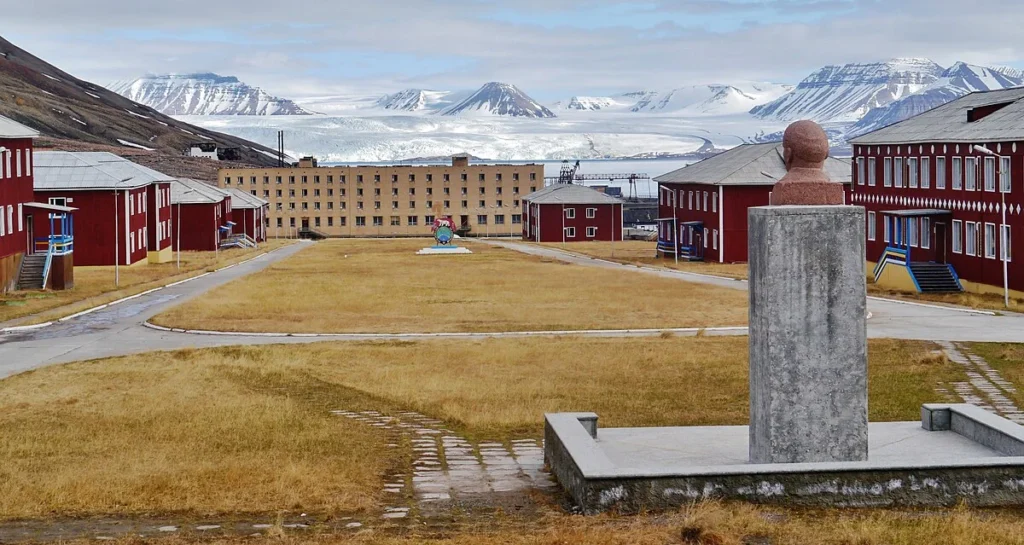
Named such for its pyramid silhouette, Pyramiden was once a thriving Soviet mining settlement in Svalbard. In 1998, the mining stopped and the town emptied. But the Arctic climate kept it intact: a Lenin statue, a cultural center, even a swimming pool, all untouched by the elements.
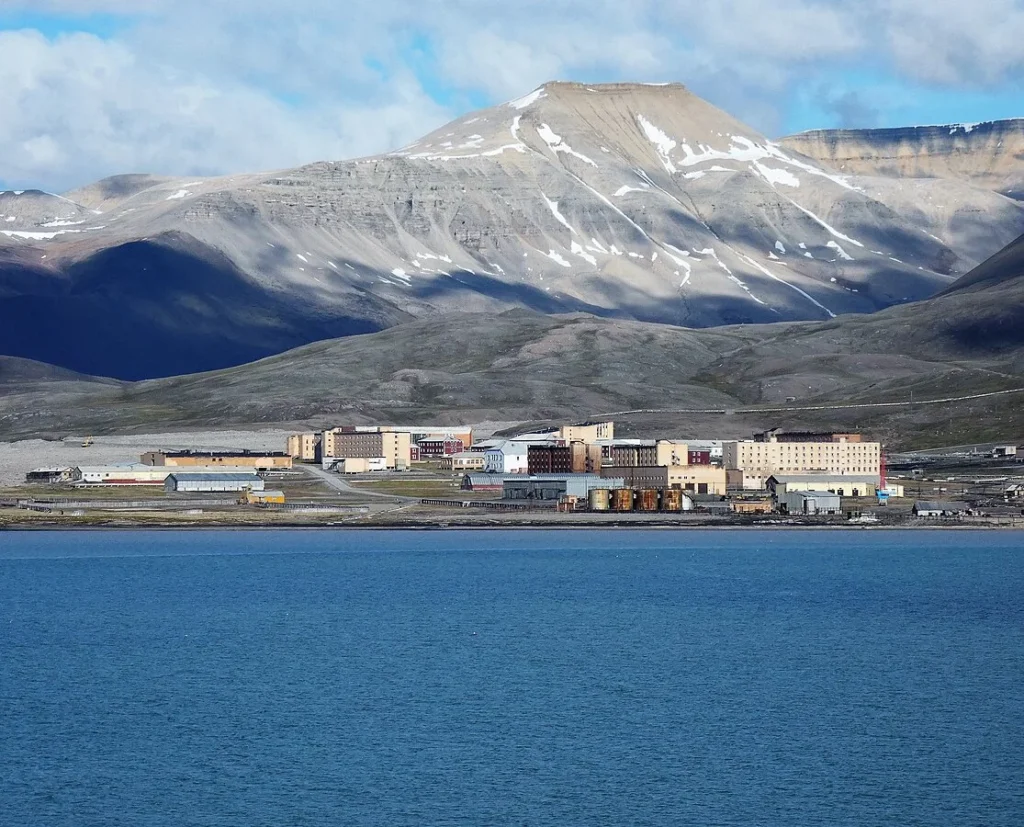
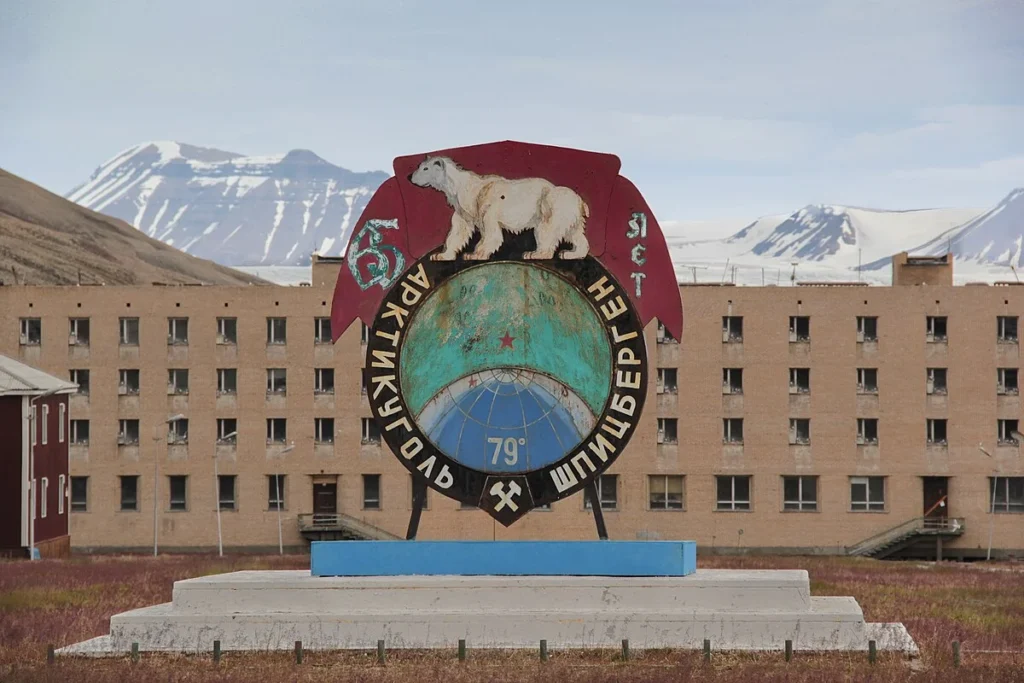
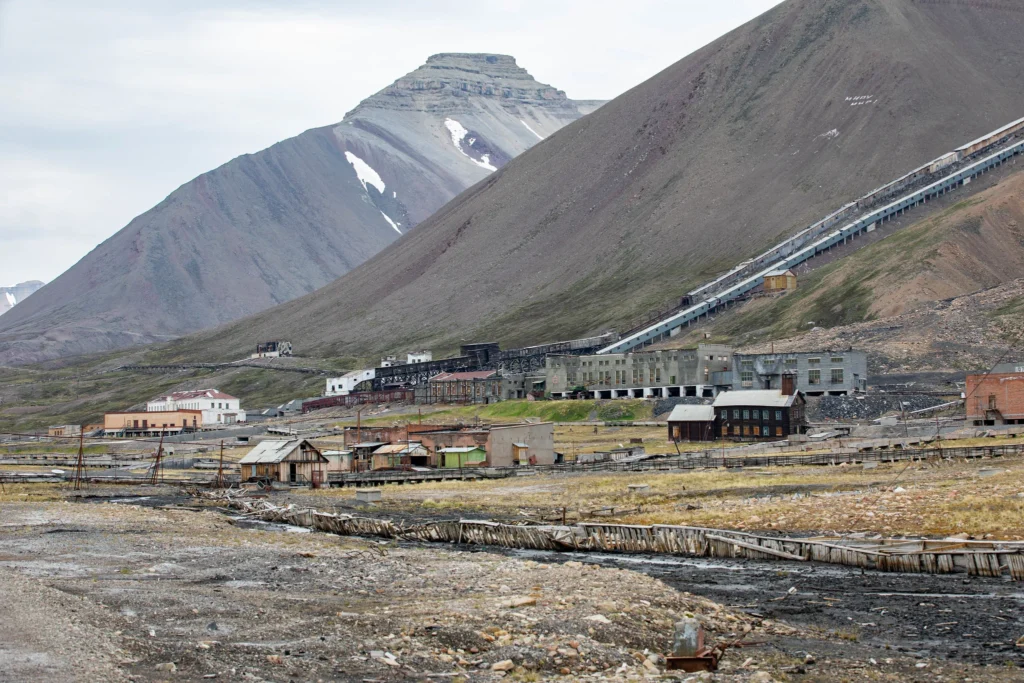
Today, a handful of caretakers maintain the site. Tourists take guided visits, stepping into rooms that smell of coal dust, past Soviet posters still clinging to walls. There’s history here, preserved in ice and rust.
14. Yur Thủy Tiên Water Park, Vietnam- From Forgotten Theme Park to Art Canvas
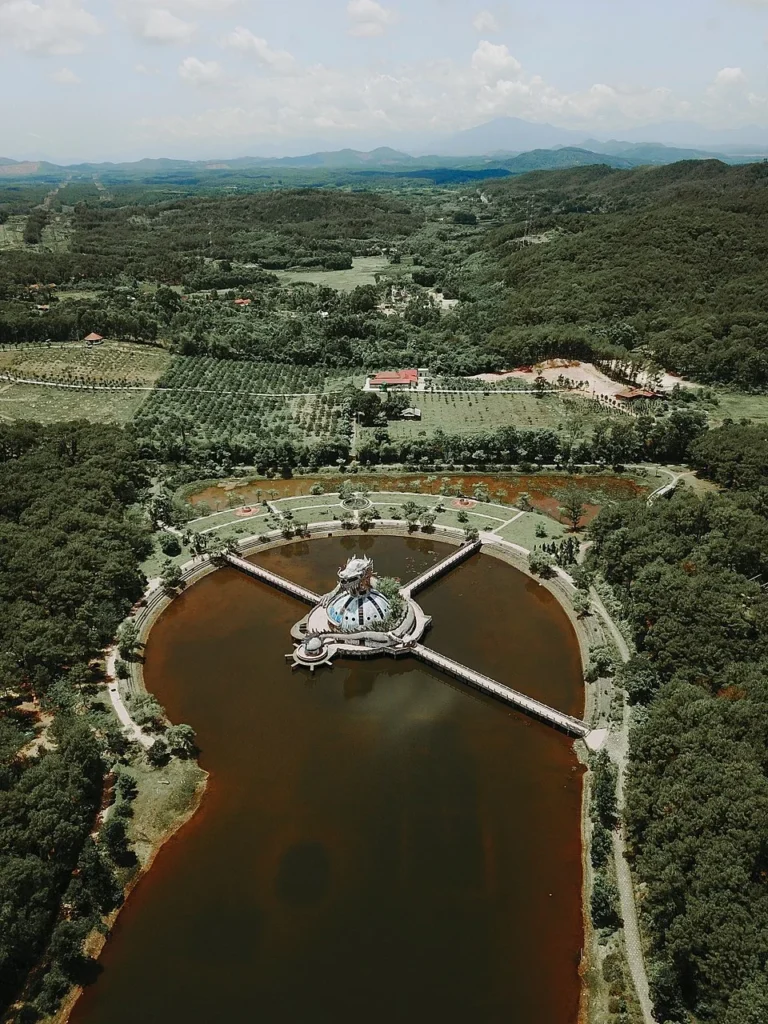
Outskirts of Huế hide a failed water park that reopened its own kind of doors: Hồ Thủy Tiên. Built and abandoned within the same year (2004), it became an eerie wonderland, cracked pools, vine-wrapped statues, ghostly mood lighting.
Artists and filmmakers loved it. Videos surfaced, and gradually the city decided not to tear it down. As of 2025, it’s been reclaimed as a community park. The faded amusement park still wears its haunted charm, but now it’s also a place of gathering and memory.
15. Yongma Land, South Korea- Retro Rides in Ghostly Shine
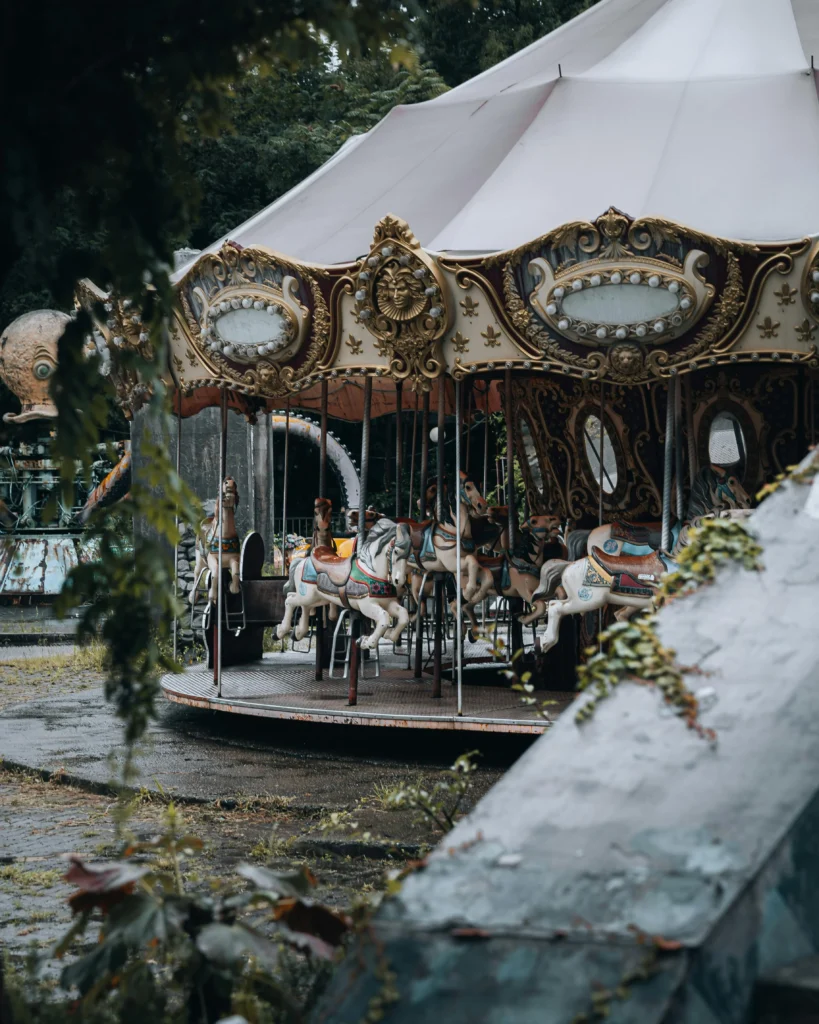
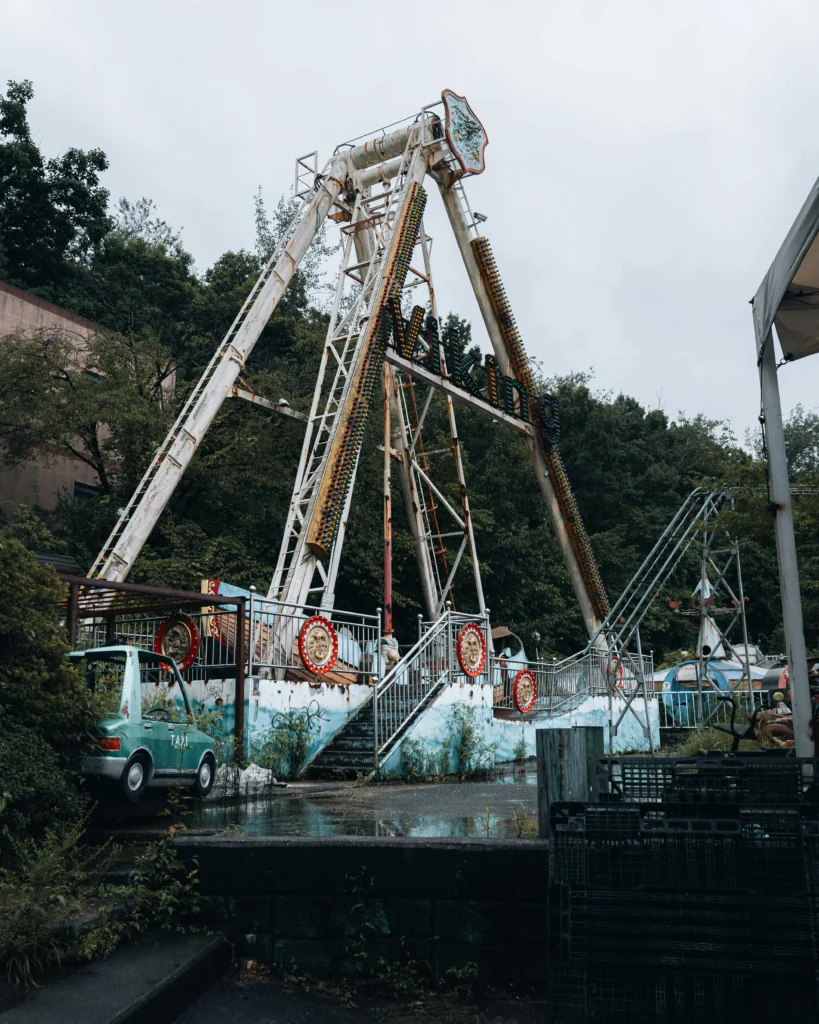
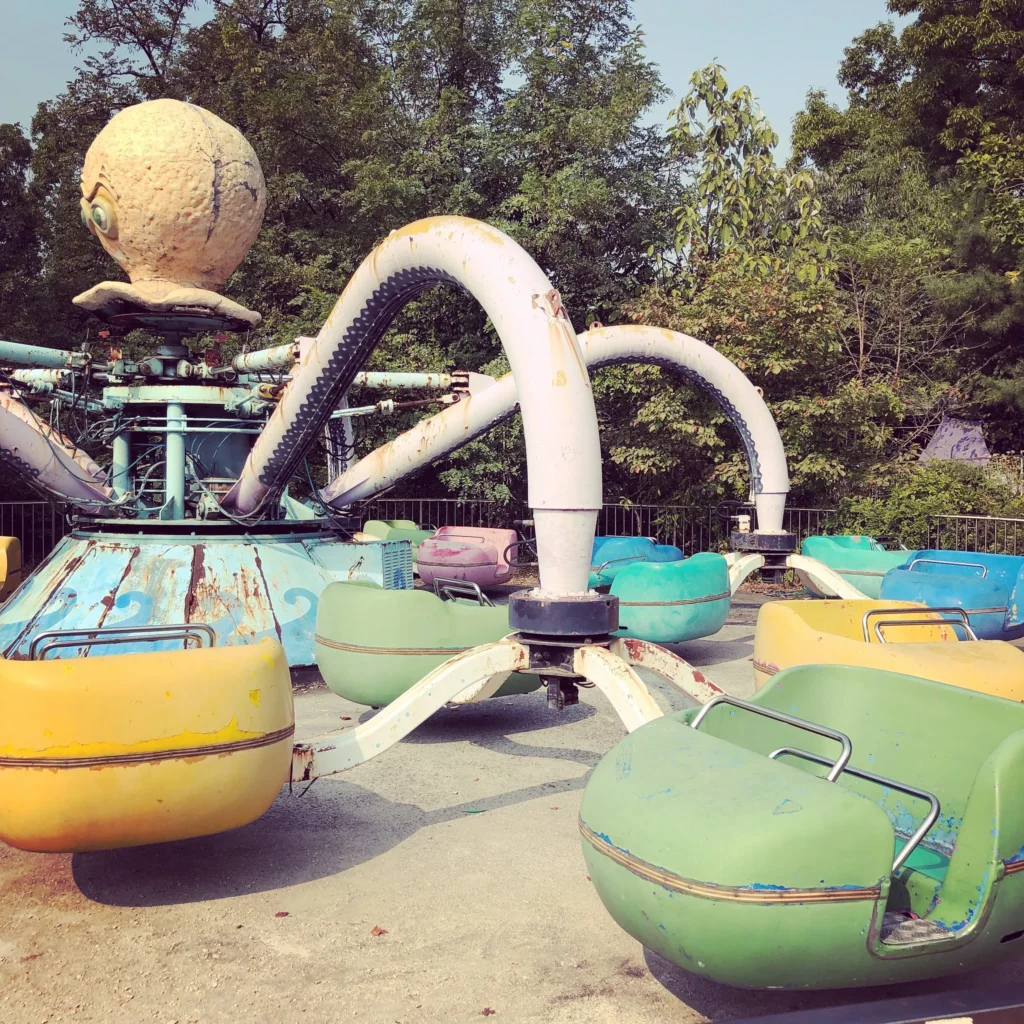
In Seoul, Yongma Land once married ’80s kitsch with family fun. But when attendance collapsed in 2011, the amusement park froze in time. Rides rusted. The carousel stopped.
Then a local businessman scooped it up, not to redevelop but to celebrate its decay. Today, photographers wander under flickering lights, capturing merry-go-rounds that glow just once more at night. Nostalgic, it’s made for moods and memories.
16. Diplomat Hotel, Philippines- A Haunted Past Under Restoration
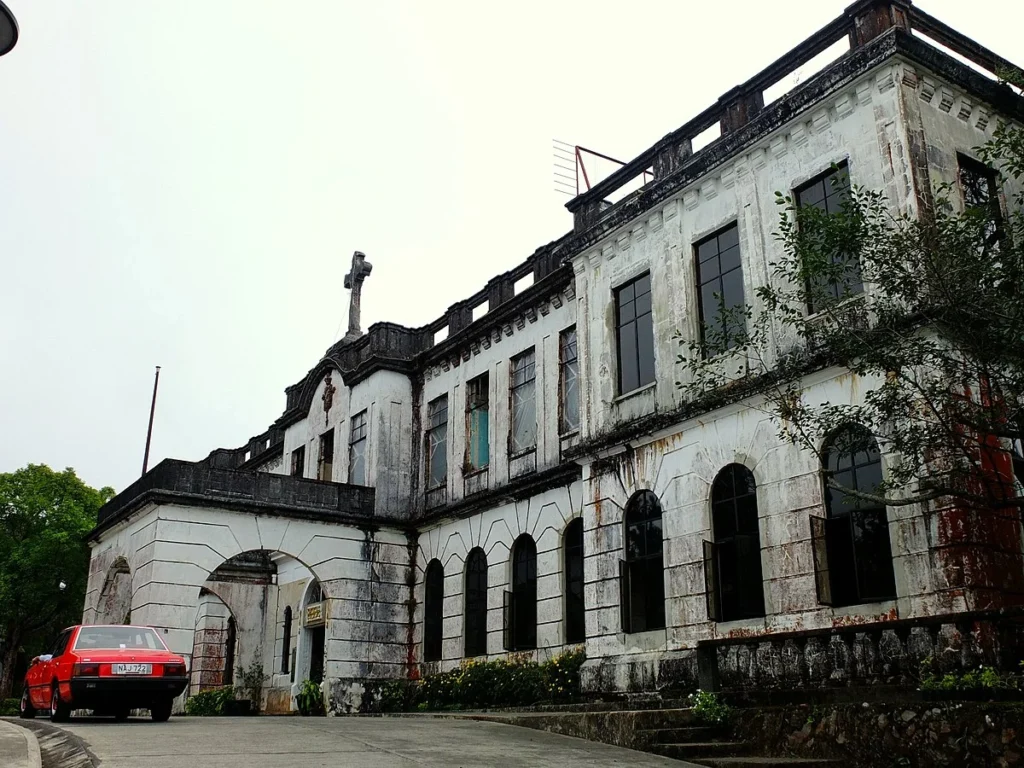
Perched above Baguio, the abandoned Diplomat Hotel (now Dominican Heritage Hill and Nature Park) once housed priests and welcomed guests. By WWII, it bore witness to darker chapters and now it’s haunted by stories of spirits and sorrow.
Restoration began in 2022. With grants in place, the hotel’s exteriors glow new again. The haunting remains, but now it’s part of the landscape. A place where ghosts and tourists can gently coexist.
17. Rummu Prison, Estonia- Sunken Cells Become Diving Grounds
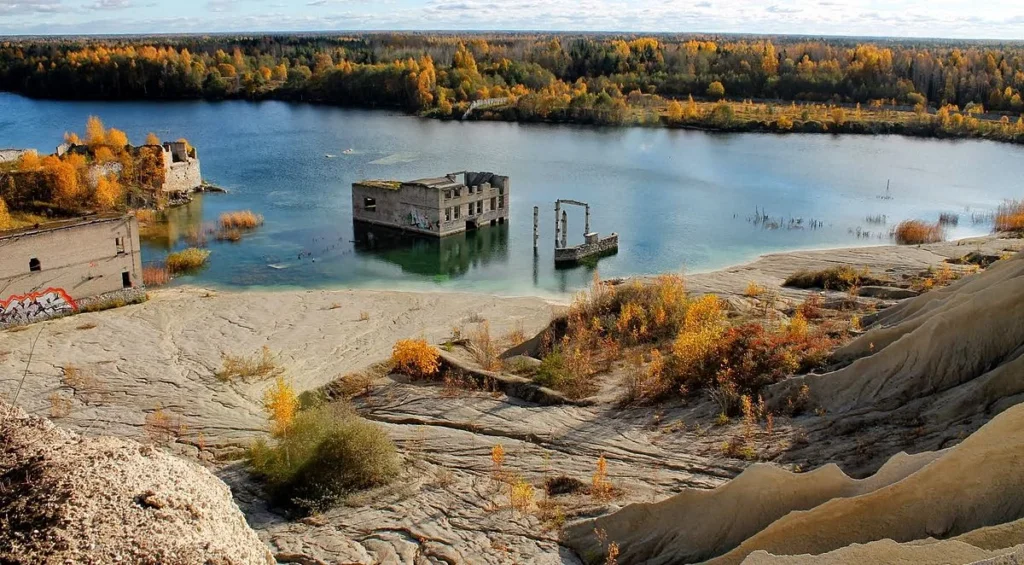
Estonia’s Rummu Prison looked like a dystopian set until nature filled its quarry with water. What was once a Soviet labor site is now a crystalline lake swallowing cell blocks, divers can still swim beneath crumbling walls. A surreal transformation from oppression into serene curiosity.
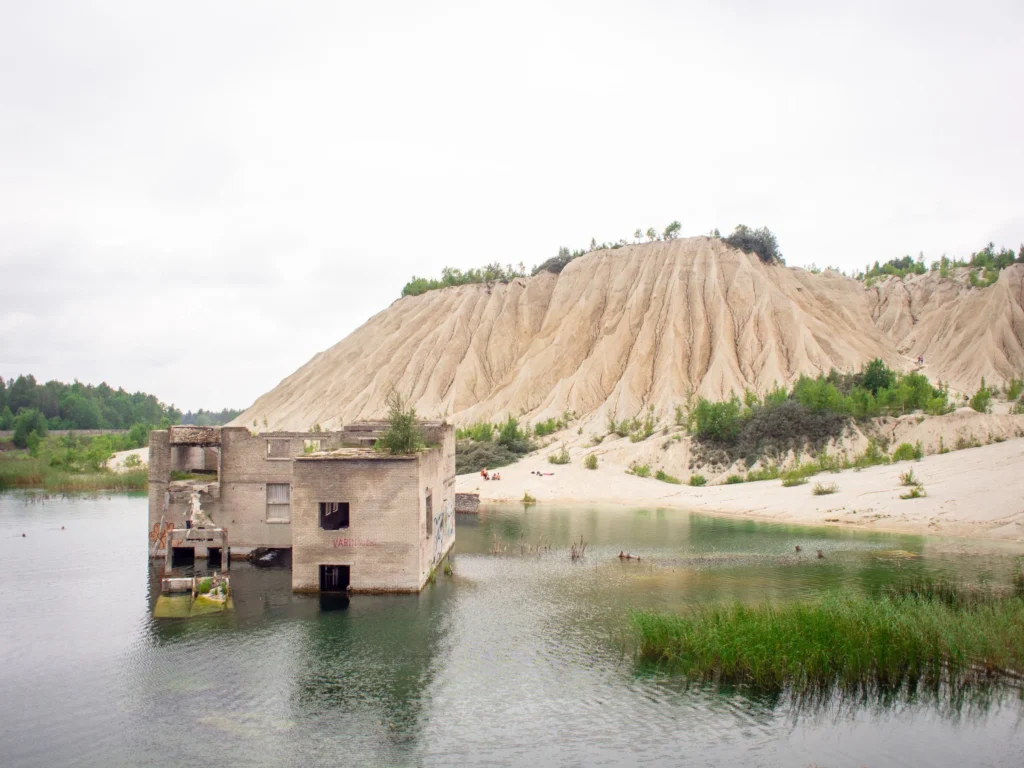
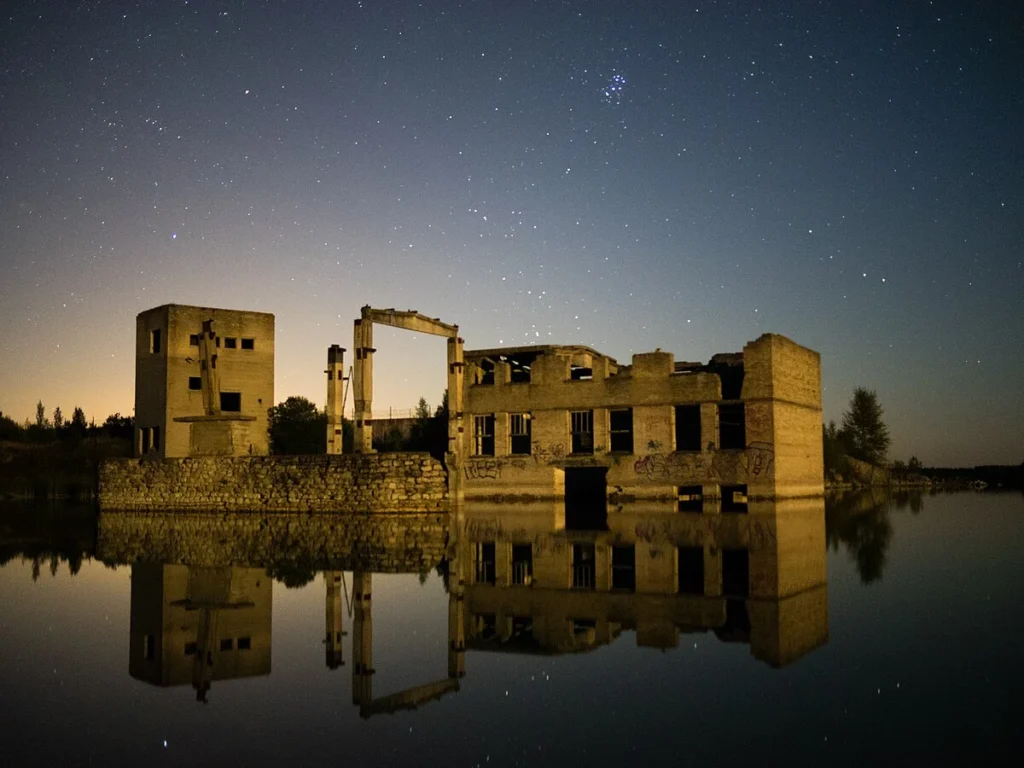
Why We Love These Abandoned Places
Abandoned places stir something deeper than polished attractions ever could. They remind us of fragility, of stories half-finished. Whether it’s a schoolyard in Pripyat, a sand-filled house in Namibia, or an ivy-covered village in China, they all share one truth: life moves on, but the echoes remain.
For travelers, these Abandoned places are more than Instagram backdrops, they are places where history breathes, where silence speaks louder than sound.
So if you ever find yourself drawn to ruins, don’t resist. Step into the quiet, and let the abandoned places tell you its story.
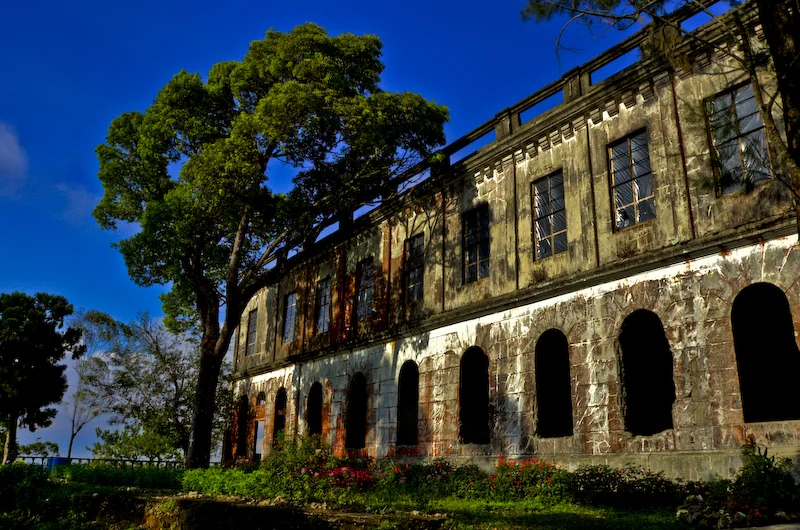
I share these stories of nature reclaiming, of silent halls regaining visitor steps, of Soviet relics under snow, because they are more than Instagram shots. They’re markers of memory, reclamation, caution, and beauty.
Every Abandoned places teaches something unique. Houtouwan reminds us nature never sleeps; Nyksund whispers of careful comeback; Hachijo’s giant Buddha shows ruin can be mesmerizing; Schwik- sorry, Pyramiden holds cold history tight; Thủy Tiên shows art in decay; Yongma Land says nostalgia has power; Diplomat Hotel mixes haunt and hope; and Rummu tells us water can rewrite past horrors.
These are abandoned places turned attractions not by kitsch, but by authentic stories and quiet reinvention.

